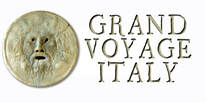How to Flirt like an Italian The Sexy Style of Older Italian Men History: Italians Coming to America Expat Nicky Positano's Amazing Vlogs How the Tomato |
| If you go: By Train Catch a train from Salerno or Naples to Paestum station. Buy a two-way tick if you need to return. I have read that the ticket machines in the Paestum station rarely work. By Boat There are ferrys during summer months from Salerno, Naples, Positano, Amalfi By Bus Buses run throughout the Campania regions, especially in Avellino province, picking locals up for various points and taking them to the site for €9 return. Paestum Tickets You can buy separate tickets for the archaeological site and the museum but if you're visiting both it is cheaper to purchase a combined ticket (about €6.50). There are various categories of discount. This is an Italian national monuments. Check for free entry for seniors and handicapped. The open air site is open daily; the museum is closed on the first and third Mondays of each month. |
Ok, I know that we fell into this trap ourselves when we traveled throughout Italy, but I'm telling you all to "Do as we say, not as we did!" You shouldn't spend all your time waiting on unimaginably long lines just to get into must-see tourist sites. There's real life out there away from the tourist throngs. I would suggest allocating only about 20% or less of your time trying to get into the "must see" sights that every other tourist is trying to see and 80% actually experience the Italian way of life.
As difficult as it is, try not to go where every other tourist is going. I know this is hard for the first timer to Italy--it was for us--to decide not to see the Sistine Chapel or Michelangelo's David. We spent a nightmarish, sweaty, stuffy, exhausting morning being enveloped and shoved by throngs of cruise ship tours in the Vatican Museum (Sistine Chapel included) and St. Peters--and believe it or not, this was a so-called "private tour" with our own personal guide! Sure, it was great seeing the Sistine Chapel, but as museums go, the Vatican Museum is not up to world standards in terms of comfort, proper care of the art displayed, lighting, cleanliness or how it handles the huge crowds they stuff into the place. And speaking as an artist, there was no opportunity to sit and admire Michelangelo's creation properly. (Read about our Vatican tour HERE.)
You can't possibly see everything in Italy. When I first started planning our trip ten months before we left, every time I zoomed in to a different part of Italy on Google Earth I kept finding more and more outrageously wonderful things that I added to my pin map. I still have those Google maps saved in case we go back to Italy. Even when we were in one region, like Puglia, for example, I had dozens of things pinned in the area that we never got to see--that we just didn't have time to see. Still, I looked at it as having a list of options for a given area we happened to be in, knowing that we'd never get to see all of them.
There are 46 million tourists swooping down on Italy every year with the "high season" getting wider and wider (we went in October... I can't imagine how much more crowded the tourist sites are in late spring or summer!) But you have to remember, that almost anywhere you go in Italy, in every region, there is a plethora of art, palaces, aqueducts, museums, vineyards and great food everywhere! Even the smallest villages we passed through were worth a stop, a picnic and offered great subjects for photography. Castles... they are everywhere. Hill towns?--Where aren't there any? Roman ruins? Everywhere you look. Great architecture and churches? Fine art? Great wine? Yes, even in the small villages and towns. Great food? Pick a cuisine--any of the 20 regional cuisines in Italy!
So, take your time and by all means, slow down, and plan on savoring each and every bit of Italy and you'll find a higher degree of appreciation and satisfaction for La Bella Italia. Don't rush through anything. If you find that the lines are way to long, consider getting out of line and walk the other way... find something else around the next corner, in the next piazza or in the next village.
Learn at least a little Italian before going to Italy. Talk to the ladies in the alimentari when buying your picnic supplies. Point a lot... smile a lot. Try talking to taxi drivers. I found them to really open up when you talk to them and ask about their lives. Learn basic phrases like Questo or Quello (This one... that one), Come si chiama? (What is this called?), Dove ___? (Where is found ____?), Grazie (thanks) and Per favore (Please).... and of course, Grazie (thanks--and say it properly: grat-zee-EH). You might not understand everything they say back to you but you will be experiencing the people of Italy. Take their photograph to remember their smiles. Give them your smile in return.
Remember, you are going to Italy to see, to smell, to taste and to feel... and to take home souvenirs... in the literal sense of the word... memories. Your goal should be to come back home with a part of the Italian lifestyle as part of your soul. Italia will never leave you...
--Jerry Finzi
If you enjoyed this article, please SHARE it with your friends and tell them to stop by Grand Voyage Italy's blog. Grazie mille.
There should really be a tiered level of visits to the Vatican Museum, sold through lotteries. Those proving some art credentials--like academics or students of art--should be allowed a different time of day where they can spend a decent amount of quiet contemplation--something that isn't an option today. To stop the wear and tear on the museum itself (the patterned floor tiles are getting worn through!), the general tourist public should only be allowed to visit a smaller section of the museum, with a limited number of people accessing the Sistine Chapel at the same time. Or, as they have done with other fragile tile or mosaic floors in other churches in Italy, put raised walkways so tourists' feet never touch the tiles. Also, no children under 10 should be allowed. Visitors should also be expelled whenever they break the rules of the Church, like men wearing hats. ---JF
The same evening, the Venice commune council voted to rebuild--stone by stone--exactly how it looked before the collapse. The work began in 1903 using the stone and brick from the original structure. The newly erected tower was rededicated in April of 1912. An amazing feat. But of course, even back then, the Campanile was one of the jewels of Venice... a premier stop on one's Grand Voyage through Europe. It was a money-maker, so there was no question about it being rebuilt ASAP.
For example, Amatrice was voted one of Italy’s most beautiful towns last year and was cherished for its Cento Chiese (100 churches) filled with frescoes, mosaics and sculptures. Half the facade of the 15th-century church of Sant’Agostino has collapsed, taking with it the beautiful rose window.
They should not allow these historic gems to suffer the same fate as other earthquake damaged towns that have come before them.... turning them into de facto ghost towns. After all, many of these, although beautiful in their own right, were fairly poor without the deep pockets of the likes of Venice.
But I argue that rebuilding and restoration of these historic structures and villages should be done as a tribute to the souls lost in this tragedy. I have seen the pride on Italians faces all over Italy for the wonderful little hilltowns they live in. Each is unique in some way--and all have enormous beauty. The people whose lives were lost can never be brought back, but Italy should band together and give tribute to them by rebuilding the homes they treasured so much... where they lived, laughed, sang, ate wonderful local food, held their sagre (festivals), raised their children, honored their ancestors and eventually lost their lives to a cruel act of Mother Nature.
Here are some photos of what the three hardest towns used to look like--before the quake...
Rebuild these towns. No more ghost towns. Honor the memories and lives of all who left their homes this week for all eternity. Never forget. Do not abandon those left behind...
--Jerry Finzi
Copyright 2016, Jerry Finzi/Grand Voyage Italy - All Rights Reserved

Many trek up to the Sanctuary beginning at the small village of Brentino in the valley below, starting off on the Via Santuario, a long path and stairway carved out of the mountain. The trek rises 1800 feet with over 1500 steps to climb. There are those that still climb this as a pilgrimage but make no mistake, this is a rugged mountain path suited for the very fit. If you decide to visit and make the climb up to the Sanctuary, it will take you 2 hours up and another hour and a half coming back down.
For the less able, the Sanctuary is also accessible by a paved road from the village of Spiazzi on top of the mountain. The road is accessible by foot and enters the site through a tunnel dug into the rock in 1922.
| This remarkable church was lovingly taken down and then rebuilt in recent times. It is still a popular pilgrimage site for visitors coming to see the Pesare Santa, a replica of the scale used to weigh Jesus before he was crucified. In the recesses of the modern shrine there is a fourteenth century painting of Our Lady and the Child Jesus and a Pieta statue made in the 14th century. In addition, on the right wall of the chapel there is a wonderful display of ex voto (offerings) in thanks for various miracles granted to believers. The 167 tablets are in varied sizes, some dating back to 1547. Along the road from Spiazzi there are fourteen life-sized Stations of the Cross in bronze. |
You would think rock doesn’t make for the ideal natural element where to build a town. Yet, the following Italian villages have been able to transform a hostile environment into a uniquely charming place to live.
Carved into the rock and often perched on a hill or plateau, the 20 'borghi' below, selected by search engine Skyscanner as Italy’s most spectacular, all offer stunning views of the sea or surrounding countryside.
Have you visited any of them?
Read more...
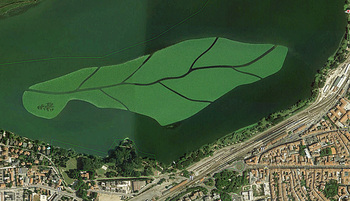 Isola del Fior (Flower Island), a mile long stand of water lilies
Isola del Fior (Flower Island), a mile long stand of water lilies So where do I go and still fill my soul with the beautiful architecture, food and lifestyle Italy is famous for? The art, the gardens, the castles, the cobbled streets? Well, the truth is, just about anywhere in Italy has something to satisfy the non-tourist--the person who just wants to be Italian for a while. How about Mantova (also known as Mantua). Both are names for the same town in northern Italy in the southern part of the Lombardy region, halfway between Genoa and Venice.
In 2007, Mantua's centro storico (old town) and nearby Sabbioneta were declared by UNESCO to be a World Heritage Site. Mantua's power and influence made it one of the most important artistic and especially musical hubs in Northern Italy. Opera is one of Mantua's main attractions, but it also offers wonderful examples of medieval and Renaissance artifacts, palaces and a beautiful cityscape. Monteverdi premiered his opera L'Orfeo here, and this is where Romeo was supposedly banished to in Romeo and Juliet.
Mantua is surrounded by three artificial lakes, engineered and built in the 12th century as essentially a tremendously large moat. The lakes get their water from the Mincio River, a branch of the Po. The three lakes are called Lago Superiore, Lago di Mezzo, and Lago Inferiore. There used to be a fourth lake that dried up in the late 1700s, which completed the circle of water protecting the town. Lago Superiore has a unique feature floating in it... a mile long, leaf shaped (when seen from the air) bed of millions of water lilies called Isola del Fior (Flower Island).
There is so much to see in Mantua that it could very well be a hub for a longer stay in Italy, with side trips to Verona, Venice and Bologna. For example, there is the St. George Castle, a thick walled medieval structure with some precious art inside... like the Camera degli Sposi (The Bridal Chamber). This has some of the most beautiful Trompe l'oeil paintings in the world. The frescoes on the walls seems to open up into a medieval courtyard with lively scenes. The dome above with its painting occulus makes it feel open to the sky above with onlookers peeking down at you. Imagine spending your luna di miele (honeymoon) looking up at that view!
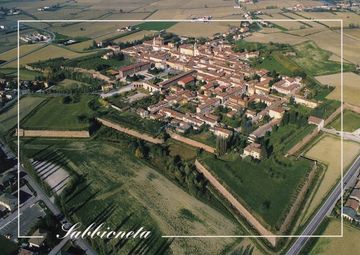
About 20 miles further west of Mantova is Sabbioneta. The name is derived from the Italian word, sabbioso, meaning sandy. This is because the town was built on the sandy banks of the River Po. Sabbioneta is well worth the 20 mile trip from Mantua. One of the more interesting sights is the Teatro all'Antica, basically, a court theater for the elite. And as you can see from the photo above, Sabbioneta is actually a star-shaped medieval fortress.
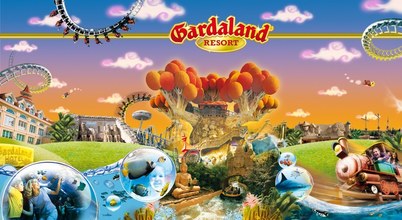
There are lake tours, fishing, and views of the snow capped mountains surrounding the lake. Two days here would be well worth it, especially if you want to give the kids a treat. In that case, check out Gardaland in the nearby town of Ronchi. It's a full-fledged amusement park with lots of appeal for the little ones and bigger kids alike, and one of the scariest, twistiest, roller coasters imaginable. One day could be spent at the Peschiera fortress, the other could be spent at Gardaland, or one of the other water parks in the area.
Mantua/Montova and the surrounding area is a great place to visit, and the town would make a great hub for a longer stay. Coming to a town like Mantova will leave the throngs of tourists back in Venice, Rome and Florence. If you're so inclined, it's only about 2 hours from Milan and 1-1/2 hours from Venice, making day trips to either very doable (although not necessary). If your goal is to have a less typical vacation, there is enough here to satisfy any voyager. If you insist on going to Venice, I'd really recommend slowing down a bit and planning a two day visit, staying in Venice on one of the islands and getting lost in the back streets. Wherever you see tourists, point your nose in the opposite direction. There's always more to see in Italy than just the obvious...
--Jerry Finzi
Please, stop by our SURVEY and spend 60 seconds telling us how we could make our blog better! And please don't forget to LIKE our Facebook page. Grazie!
You can also follow Grand Voyage Italy on:
Google+
StumbleUpon
Tumblr
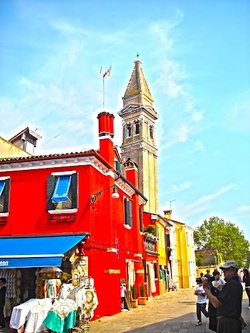
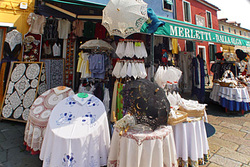 Burano Lace
Burano Lace 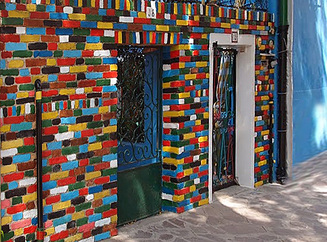

Formed by a sedimentary rock called marl, its crisp white color is whiter even than the two sand beaches which embrace its east and west boundaries. The constant action of waves, wind and weathering over the course of millennium have carved the shape of steps into the cliff, creating a sun worshipers' magnet during the hot summer months. The natural landmark drew invasions from the Moors from northern Africa, the Saracens and Turkish pirates, thus the name.
 There are many rock formations along this stretch of coastline - perfect for kayakers and photographers.
There are many rock formations along this stretch of coastline - perfect for kayakers and photographers. Most of the time the Scala appears to be a snow white, slanted layer cake, while at other times of the day the color of the cliffs can change dramatically from pink to orange to yellow and even blue. Unlike the White Cliffs of Dover in England (made of chalk), the Scala's geology is made of a sedimentary limestone and clay. Its stairs are soft and rounded and very precarious, but are still visited by many people who climb and sun themselves on the Scala.
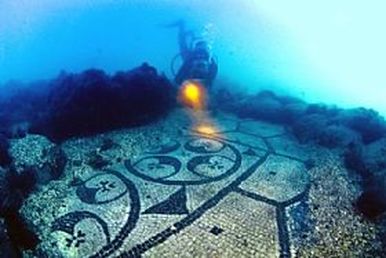
- One owner found murdered, wrapped in a blanket in the villa.
- The murdered man's wife was found drowned in the sea.
- Another owner died of a heart attack on the island.
- One man was driven mad and died in an insane asylum after living there.
- An industrialist lost his fortune while living on the island.
- The owner of Fiat lost his only son to suicide.
- After being groomed to take over Fiat, the former head's nephew also died--of a rare cancer at age 33.
- After buying the island, Paul Getty's grandson was kidnapped.
- The last owner's company failed and he was thrown in jail
- As recently as 2009, two other people were found murdered just opposite the shore of the islands.
For for SCUBA divers and and snorkelers alike, Gaiola is a wonderful haven. They are a part of the Gaiola Underwater park, a 100 acre marine preserve meant to protect the diverse marine ecosystem here as well as ancient underwater Roman ruins. Underwater ruins are scattered around the crystal clear waters. Some of the marine creatures here are found nowhere else on Earth. Consider the excitement of snorkeling among the underwater ruins of an ancient Roman temple.
Gaiola was originally known to the Romans as Euplea, which was the protector of safe navigation, and was home to a temple erected to honor the goddess Venus. Other Roman ruins are also found here... just under the surface of the sea are the ruins of an ancient Roman harbor. If you look at Gaiola from space via Google Earth, you can easily see the outlines of ancient structures. There is also a legend that claims the poet and wizard, Virgil, taught his students on the island. Perhaps their incantations and poetry can still be felt and heard in the crashing of the waves and sounds of the winds...
--Jerry Finzi
You can also follow Grand Voyage Italy on:
Google+
StumbleUpon
Tumblr
If you enjoyed this article, please SHARE it and LIKE it on your favorite social media site. And don't forget to tell your friends about our blog... Ciao!
We also have pages on:
Google+
StumbleUpon
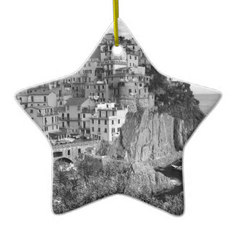
The rugged coast of the Cinque Terre is popular with hikers who love to walk from town to town in along this magical coastline in Northern Italy. Most think of Cinque Terra as a summertime destination, but it might be worth a visit during Christmastime for an unusual way to spend your Natale.
If you decide to go to Cinque Terre during the holidays, consider that most restaurants and hotels are seasonal. Rent a small apartment and live like the locals do during the Christmas season and you'll discover something very different indeed...
For instance, you will find the world's largest presepe (nativity display) in Manarola, clinging to one of the craggy hilltops overlooking the sea. Every year on December 8th (Feast of the Immaculate Conception, and the beginning of the Christmas season in Italy) the lights are flipped on and thousands gathered in the village cheer for this wonderful illumination. The evening is topped off by fireworks. The lights stay well into January or February (in the typical Italian style of timekeeping).
Mario Andreoli, a retired railway worker, started building the presepe in 1976 and has spent the decades covering the entire hilltop with illuminated shaped figures. In 2007 his creation was declared the largest nativity in the world by Guinness World Records. It has 6 miles of electric cables, 15,000 bulbs, 300 life sized figures, mostly made from recycled junk. It also went off the grid in 2008 with the addition of a dedicated solar powered electric system.
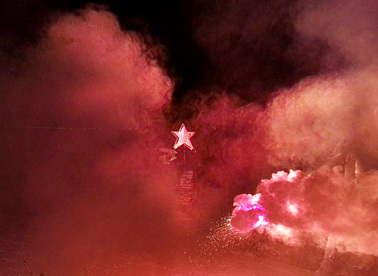
Ok, now this one is really something different. In the beach town of San Terenzo (a well known scuba diving destination) every Christmas Eve, just before midnight, you will see a light glowing beyond the smoke bombs on the beach in the surf.... it's the Christmas Star emerging from the water! You will then also see a bevy of wetsuit-clad Magi greeting the star... and then a huge clam shell pops out of the water, opening up to reveal the newborn Baby Jesus, which the "Magi" carry ceremoniously toward the spectators.
The "beach people" chant the Prayer for the Diver (they have prayers for everything in Italy) just before carrying the Infant Jesus and his clam shell crib to the Church in preparation to Christmas’s Holy Midnight Mass. In every corner and street of San Terenzo, lights and decorations add to the magic and folklore, and thousands of candles shine bright in the streets. Only in Italy!
If you enjoyed this article and found it useful, please SHARE it and LIKE it on your favorite social media site. Buon Natale!
We also have pages on:
Google+
StumbleUpon
Categories
All
1 Making Plans
2 Gear And Tips
3 Getting Around
4 Tuscany
5 Amalfi Coast
6 Basilicata
7 Puglia
8 Rome
9 Postcards
Fotos Di Finzi
History For Italians
Humor
La Cucina & Recipes
More Than Gelato Pizza
More-than-gelato-pizza
News Del Giiorno
Off The Tourist Path
Archive
June 2024
January 2021
January 2019
December 2018
November 2018
August 2018
April 2018
March 2018
February 2018
January 2018
December 2017
November 2017
October 2017
September 2017
August 2017
July 2017
June 2017
May 2017
April 2017
March 2017
February 2017
January 2017
December 2016
November 2016
October 2016
September 2016
August 2016
July 2016
June 2016
May 2016
April 2016
March 2016
February 2016
January 2016
December 2015
November 2015
October 2015
September 2015
August 2015
July 2015
June 2015
May 2015
April 2015
March 2015
February 2015
January 2015
December 2014
November 2014
October 2014
September 2014
August 2014
July 2014



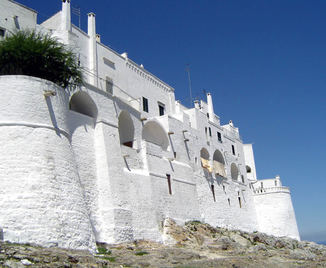
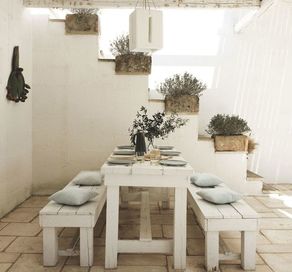
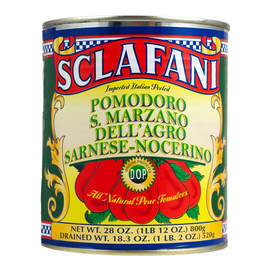
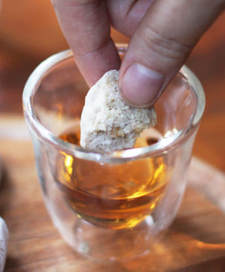
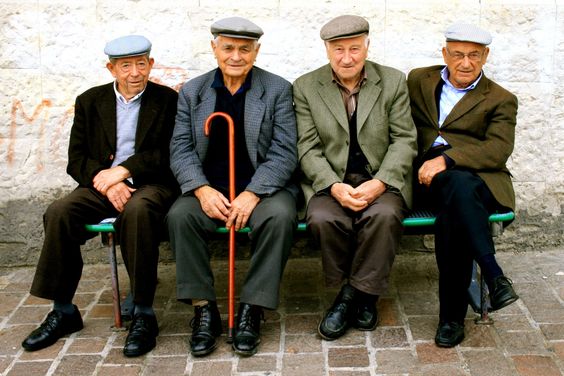


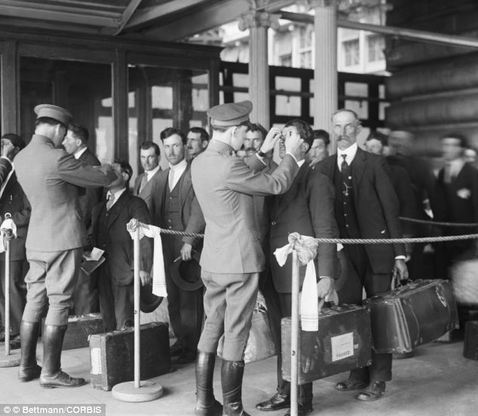
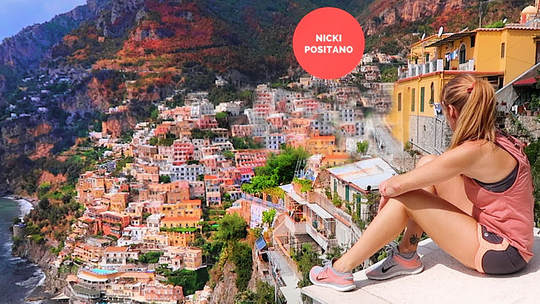
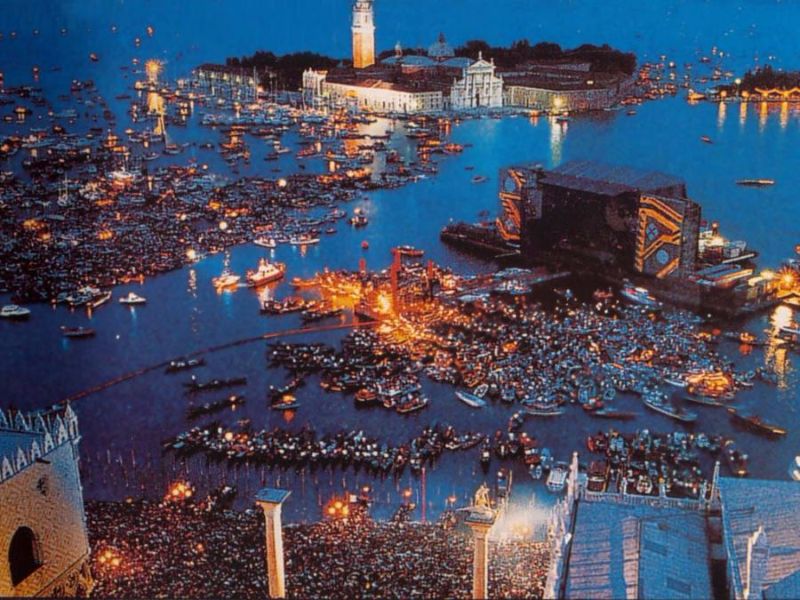
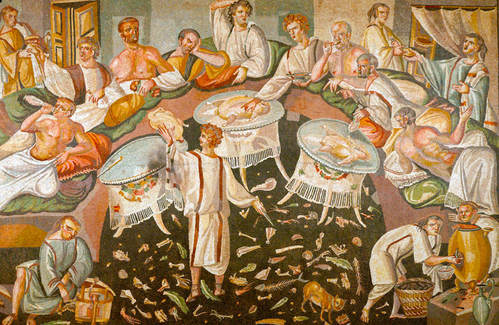

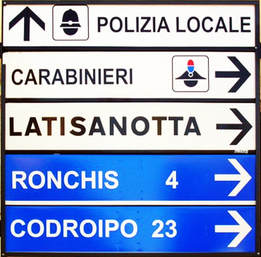
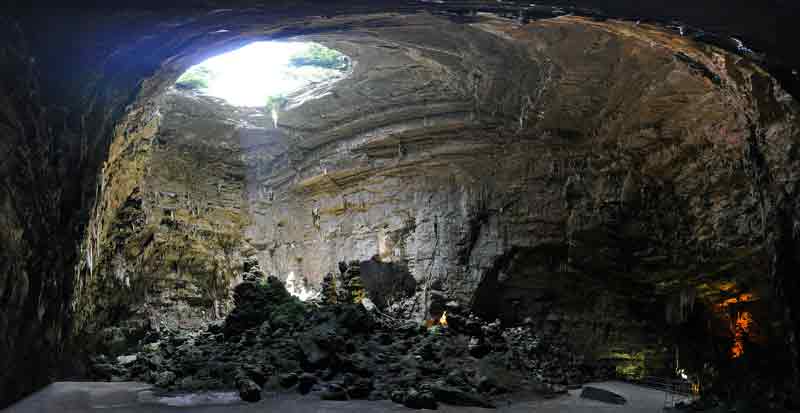



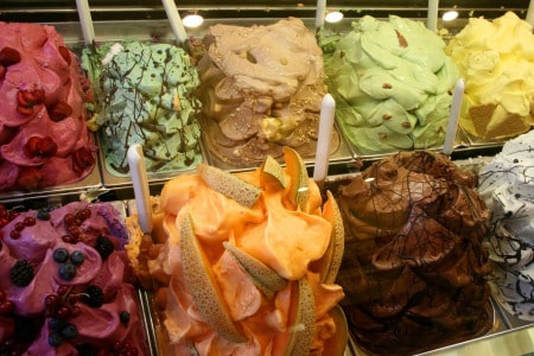
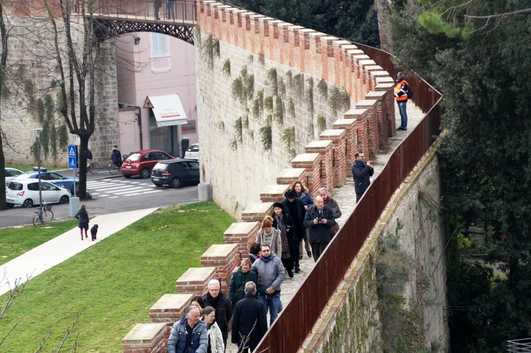
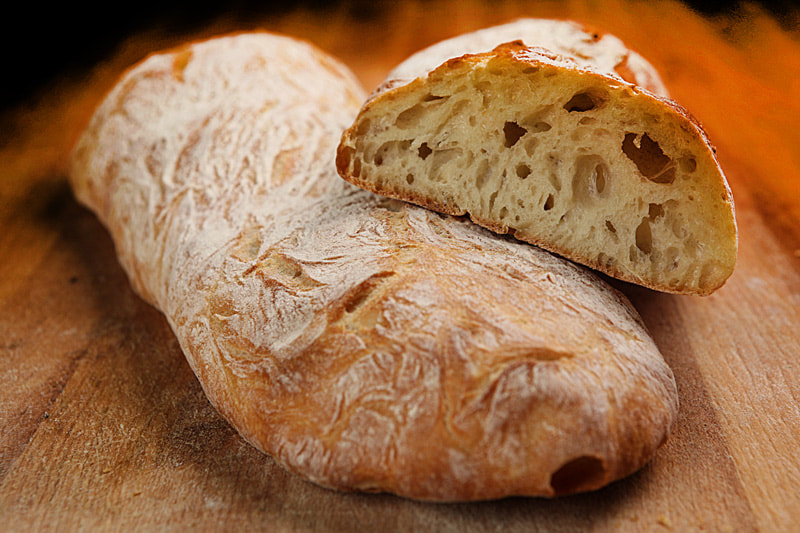



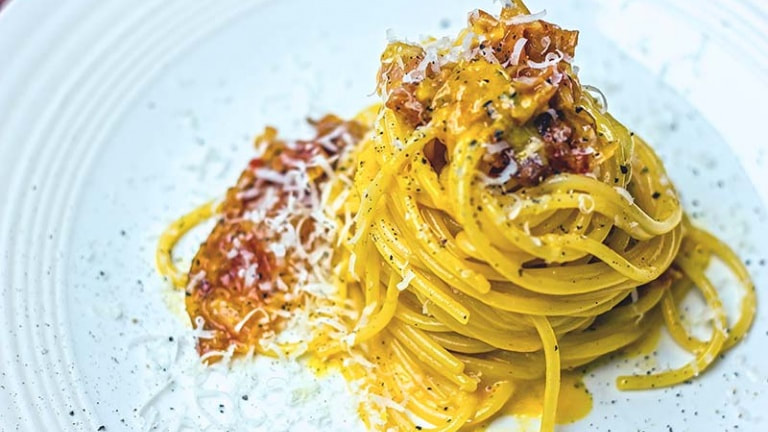
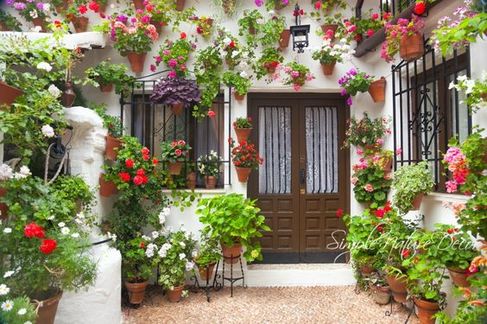
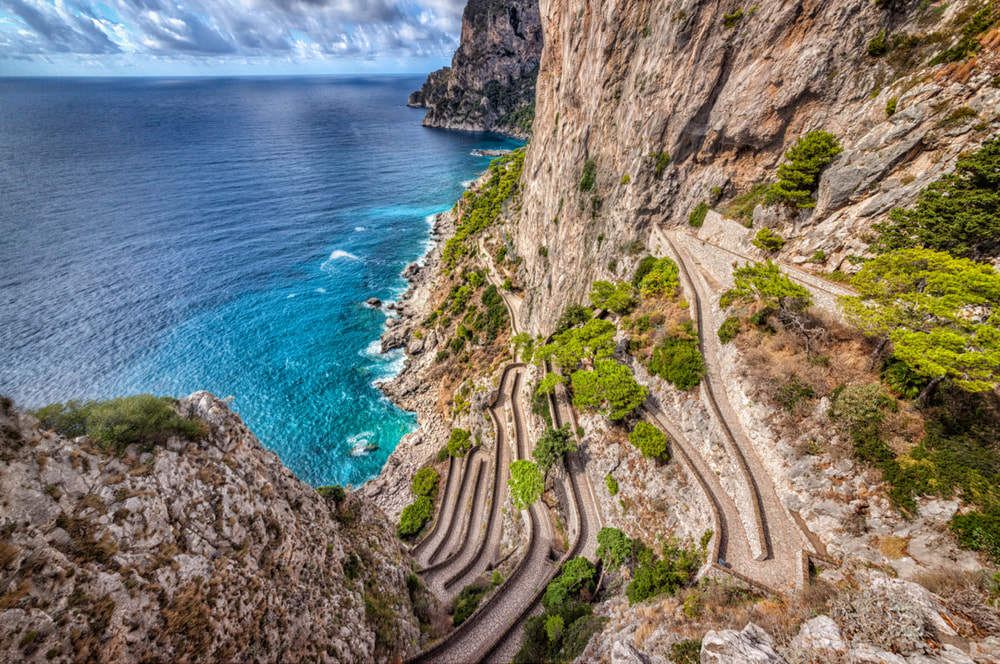
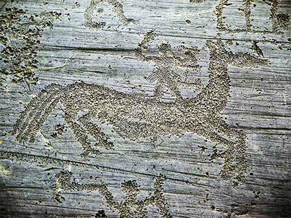

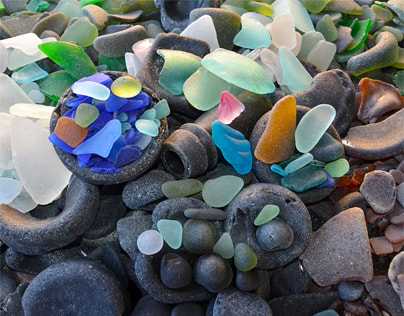
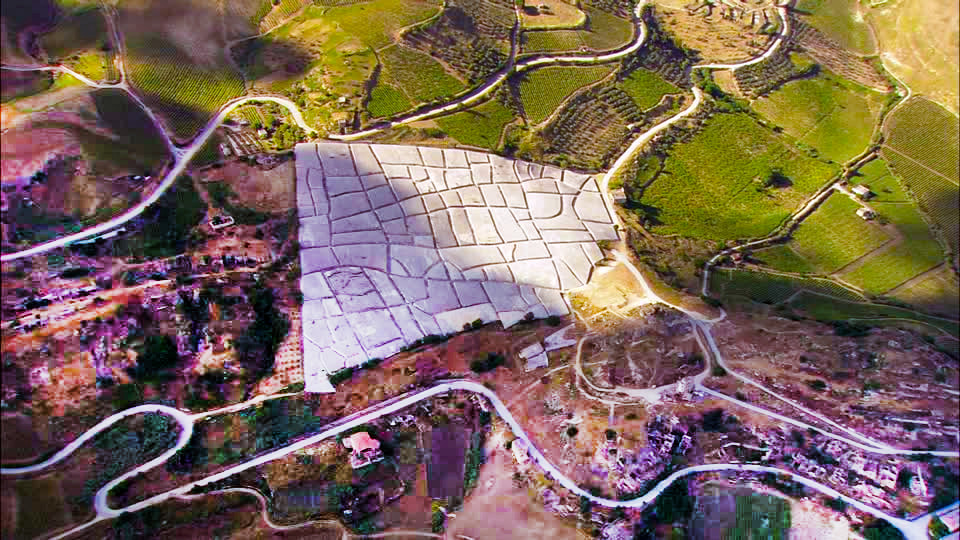
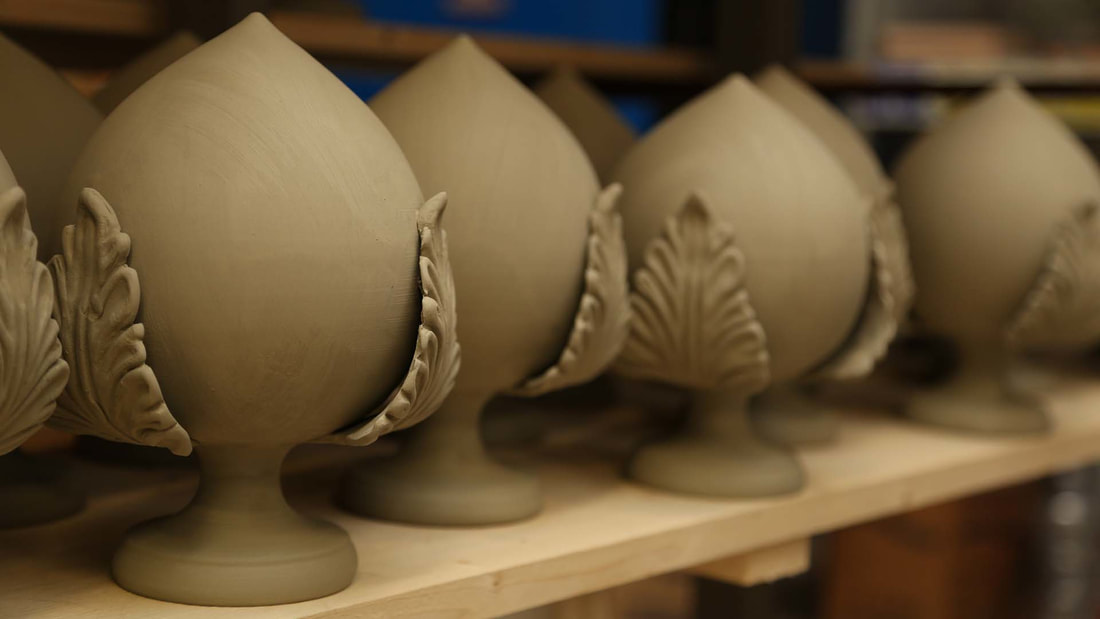
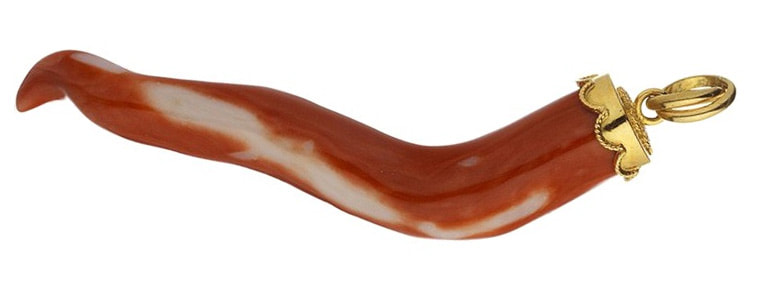
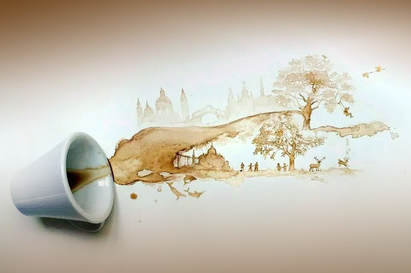
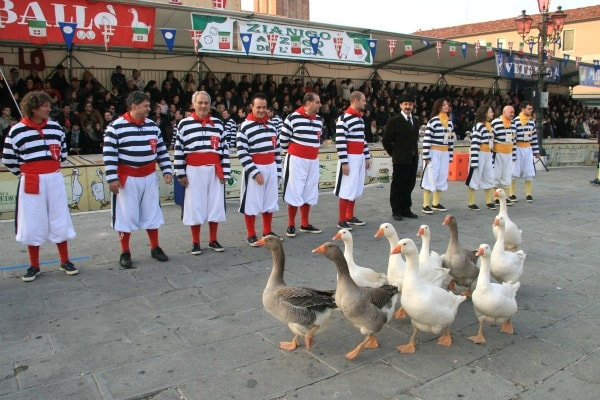
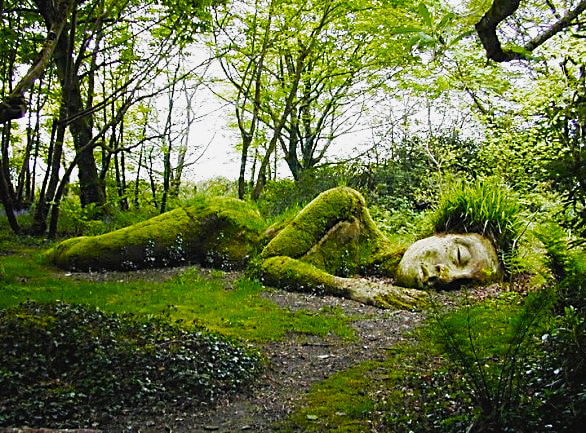
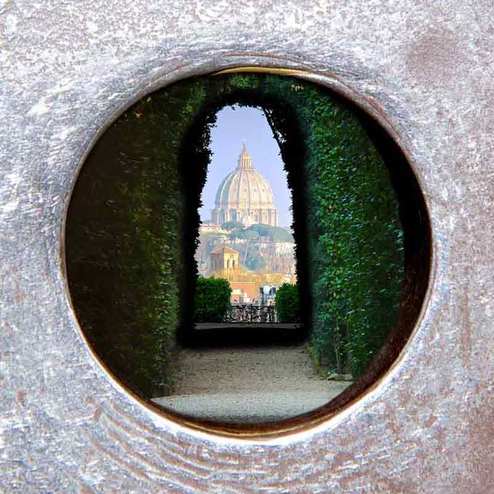
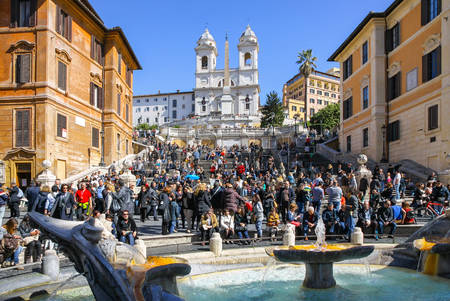
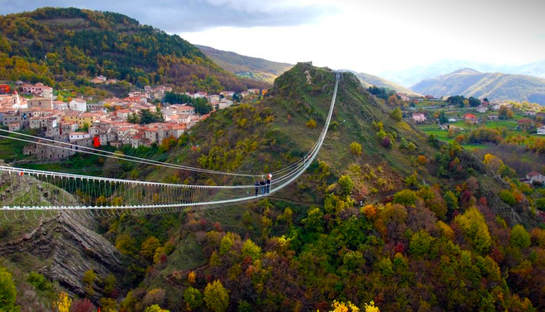
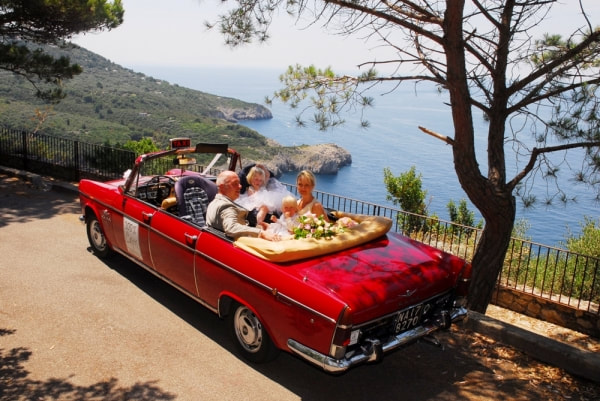
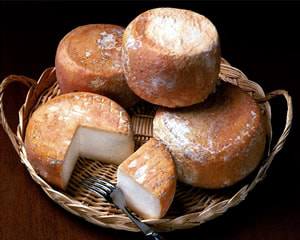
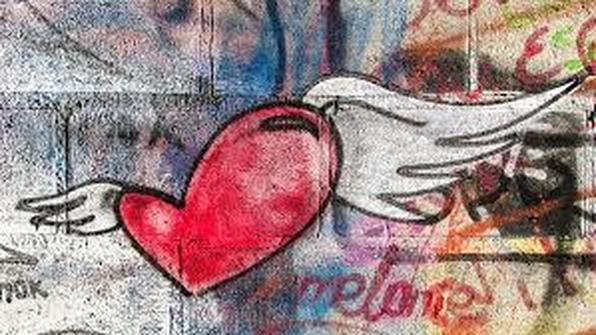
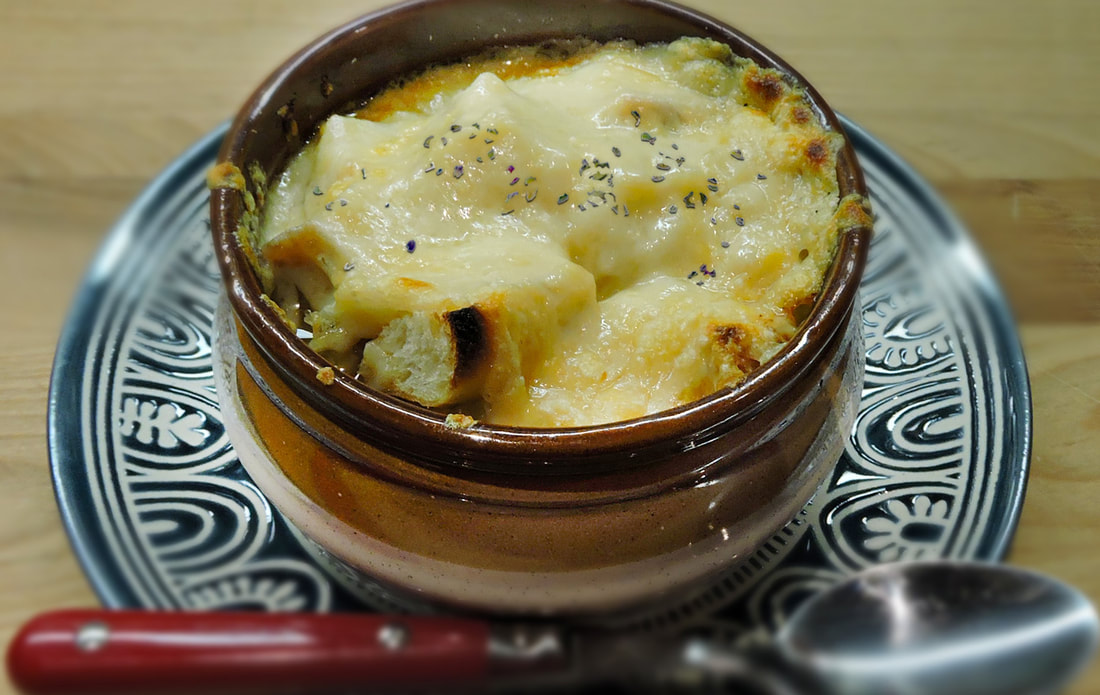

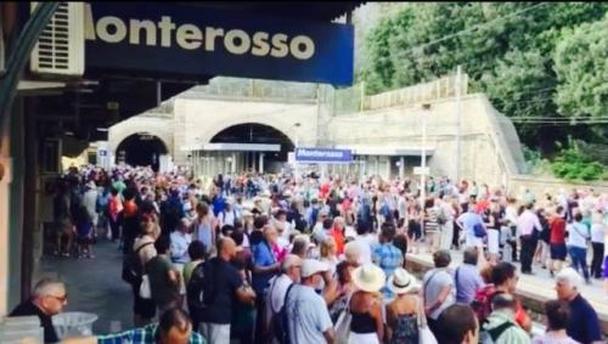

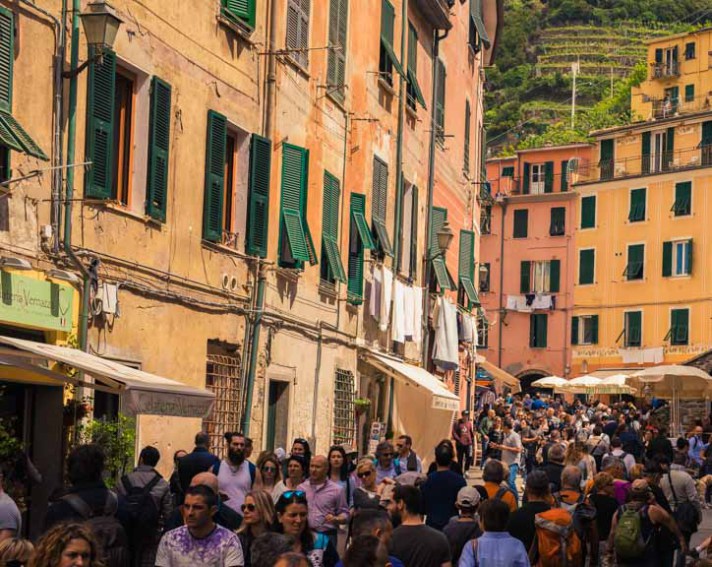

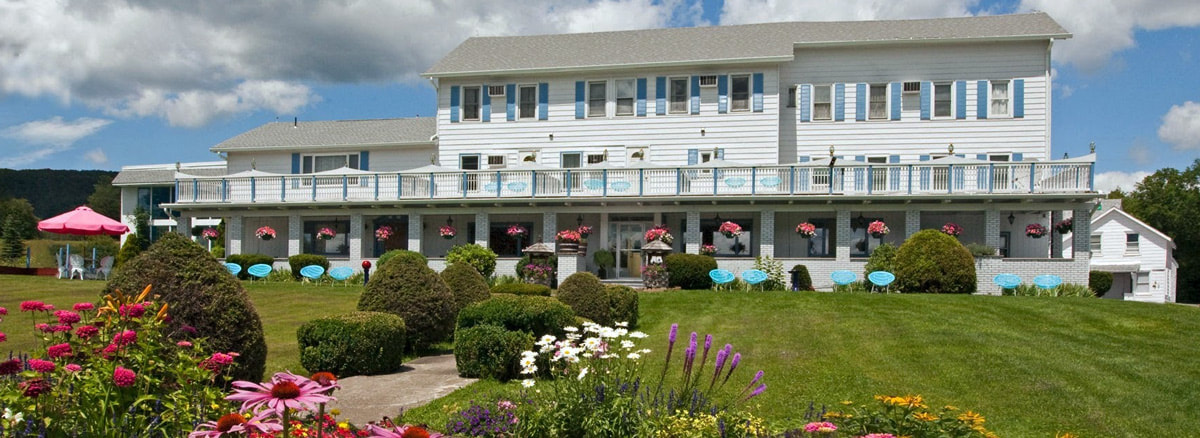
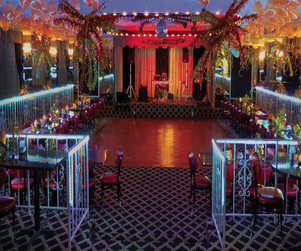
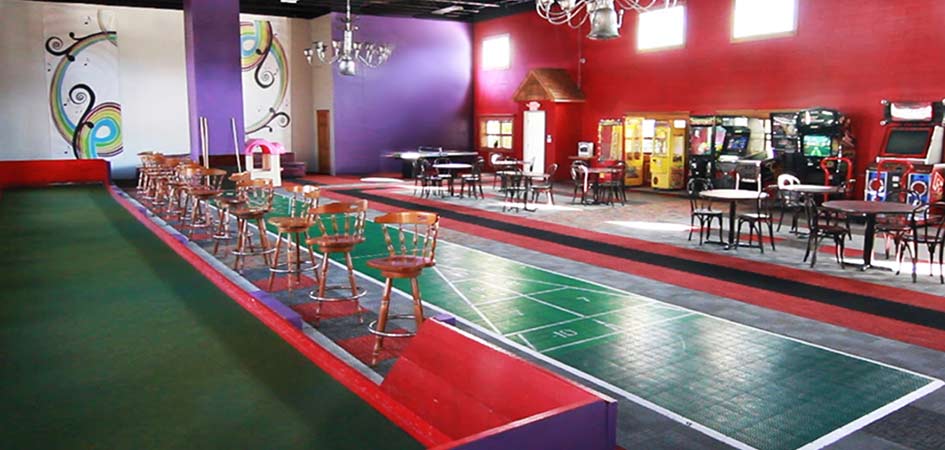
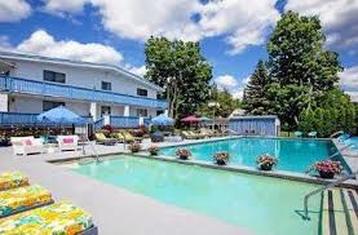
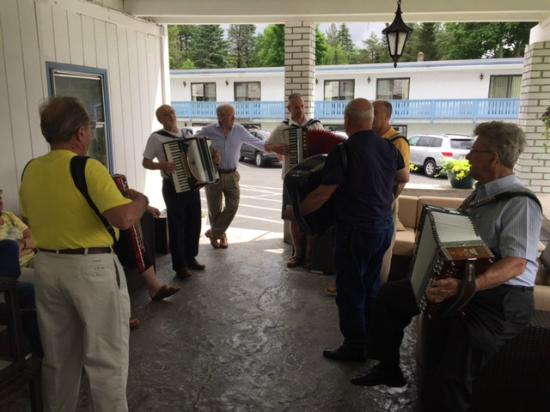
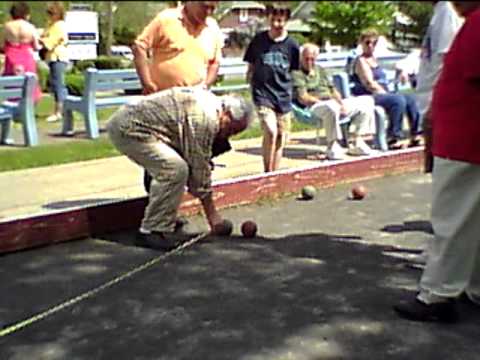
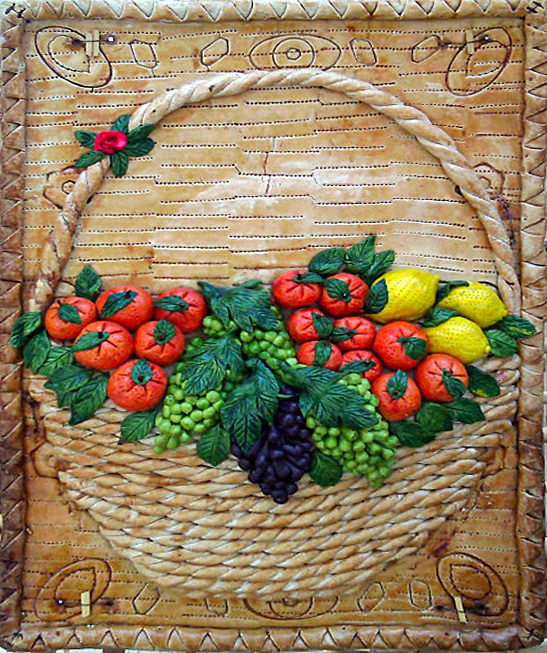
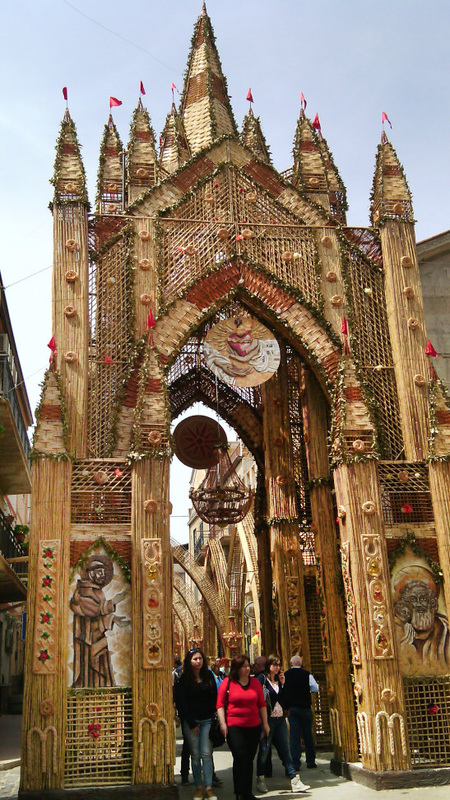
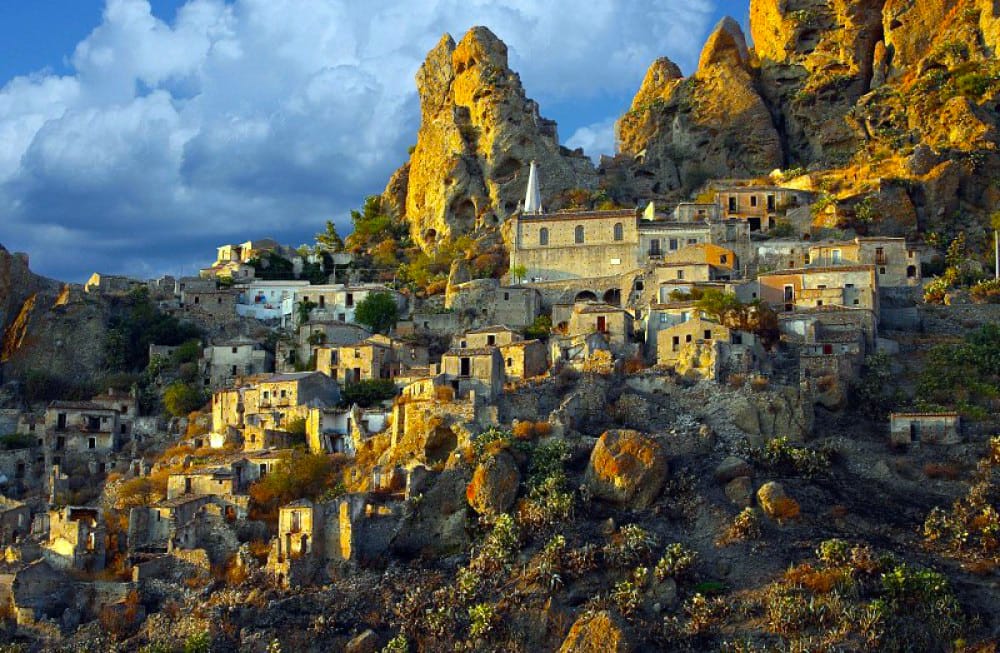
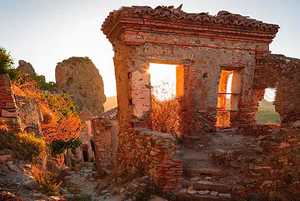
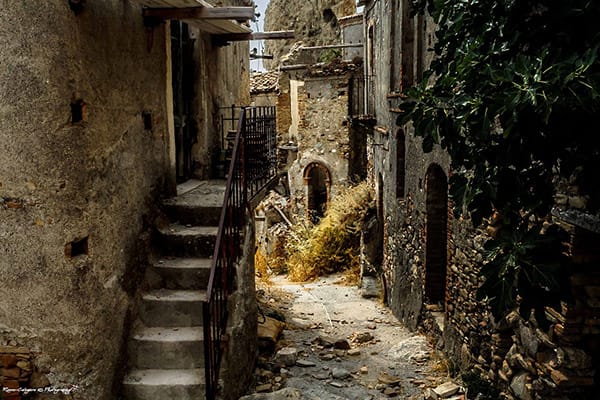
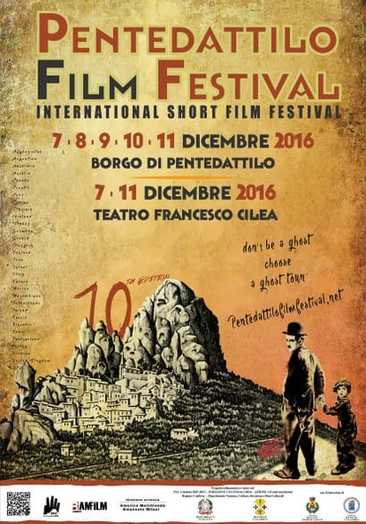
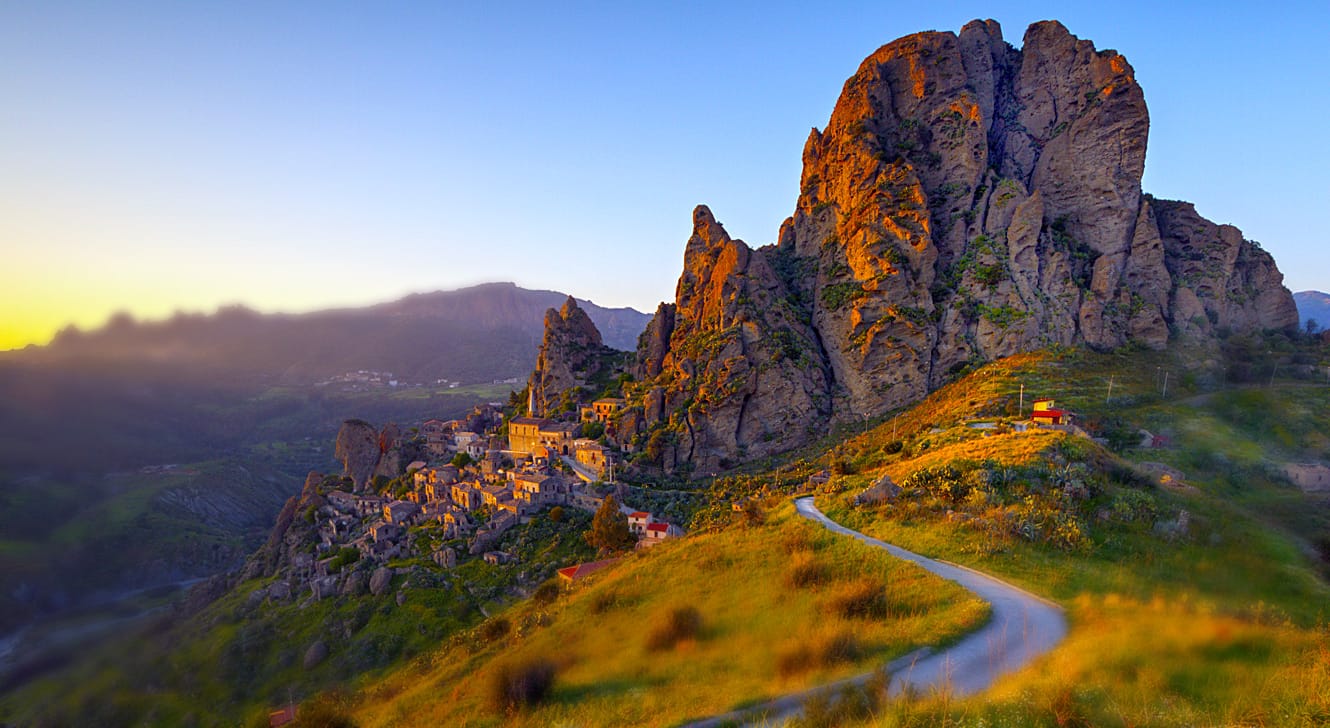
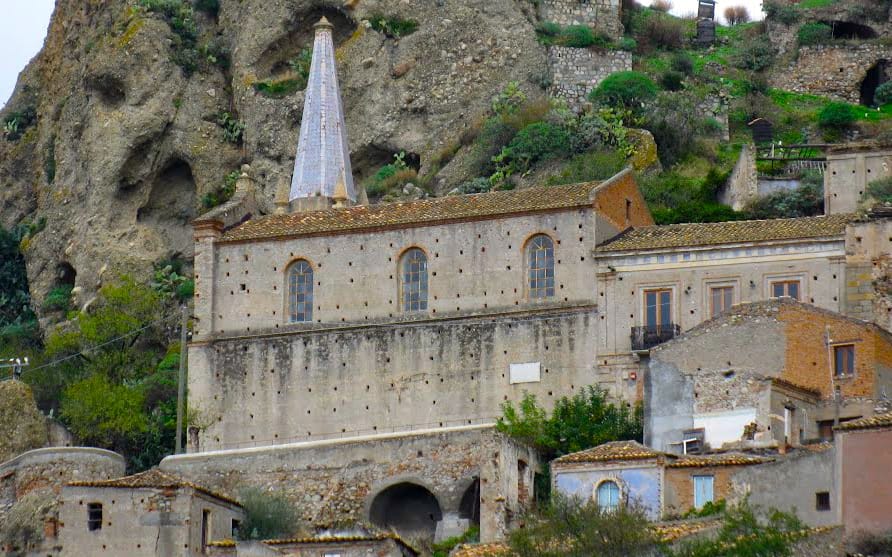

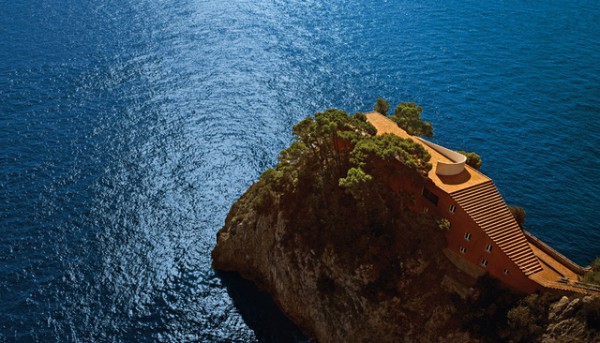
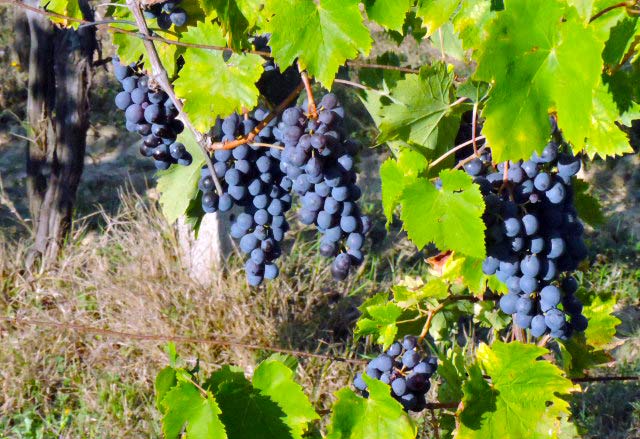
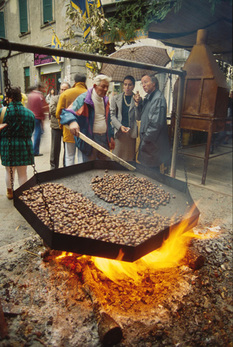
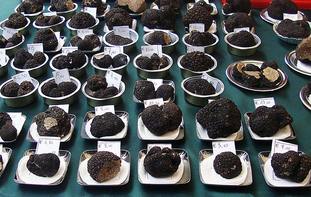
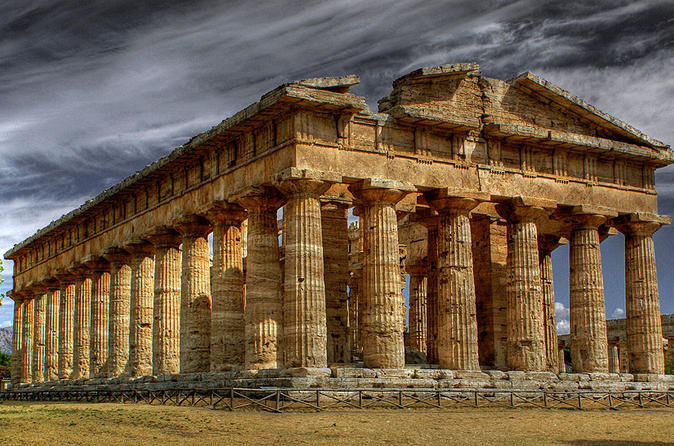
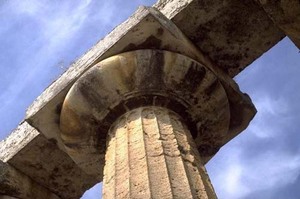

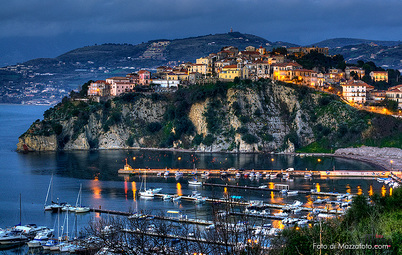
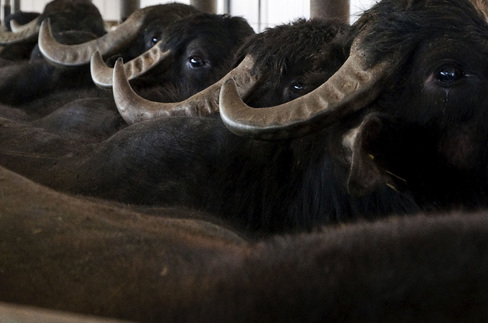
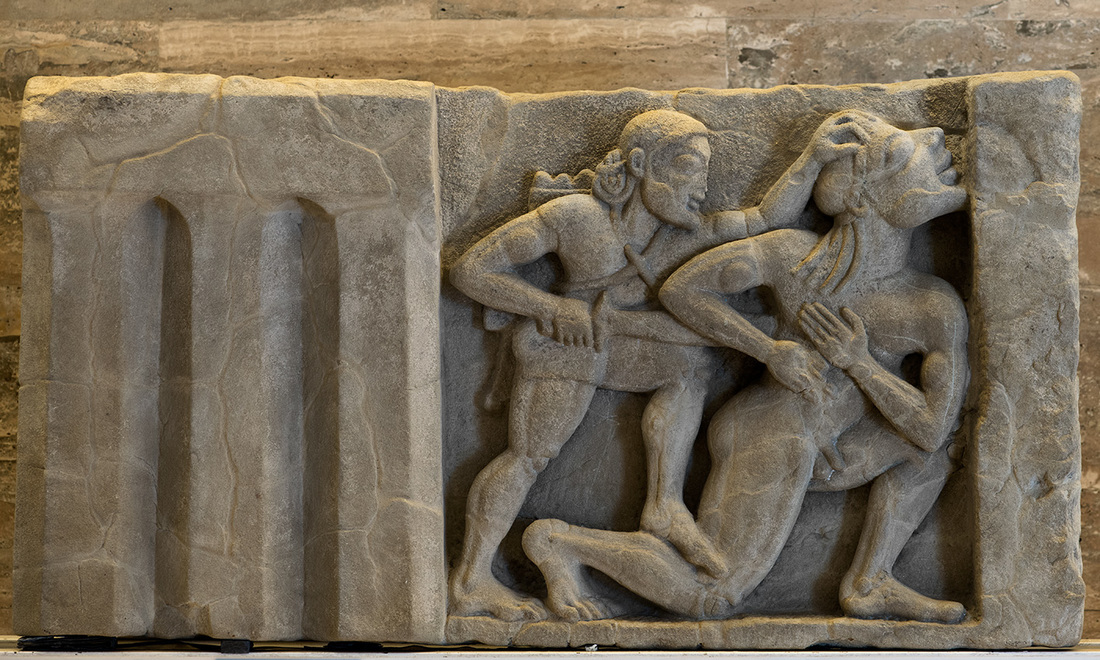
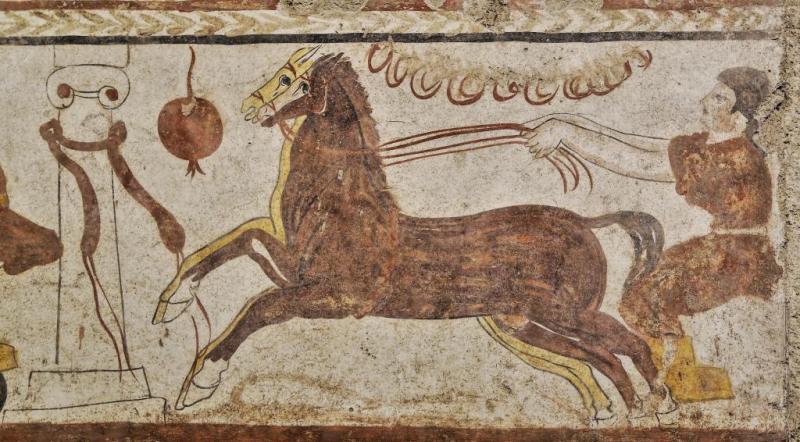
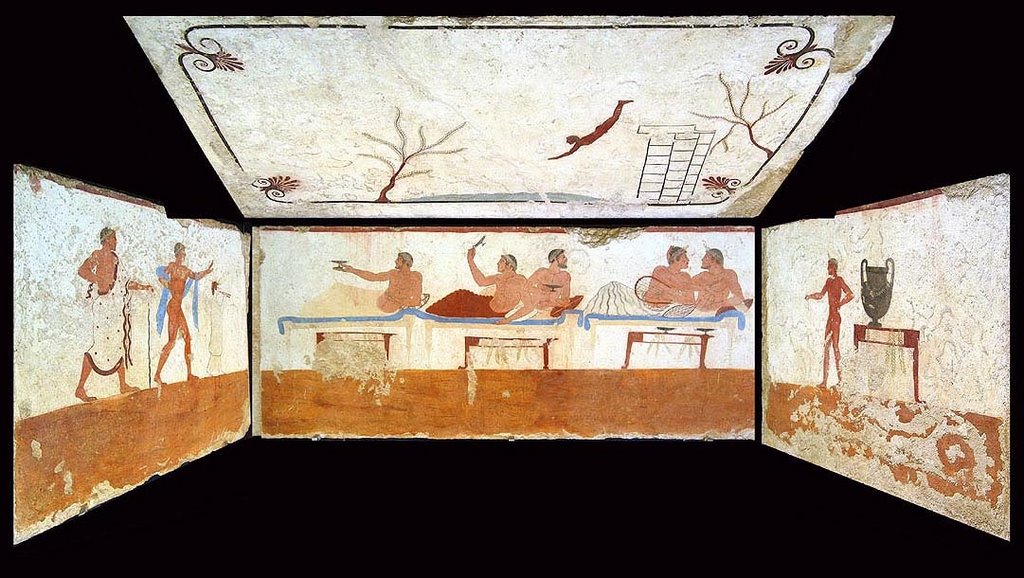

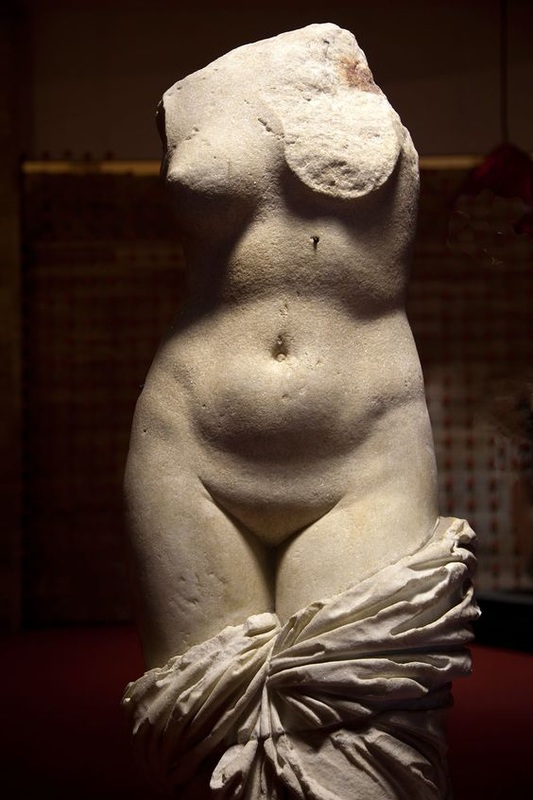
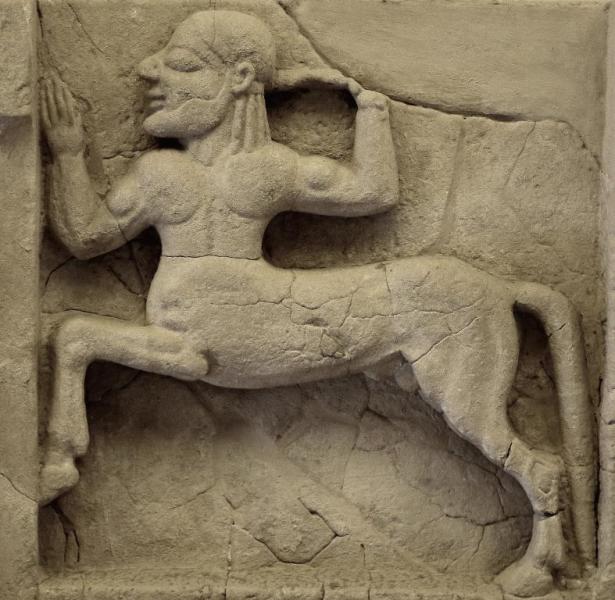
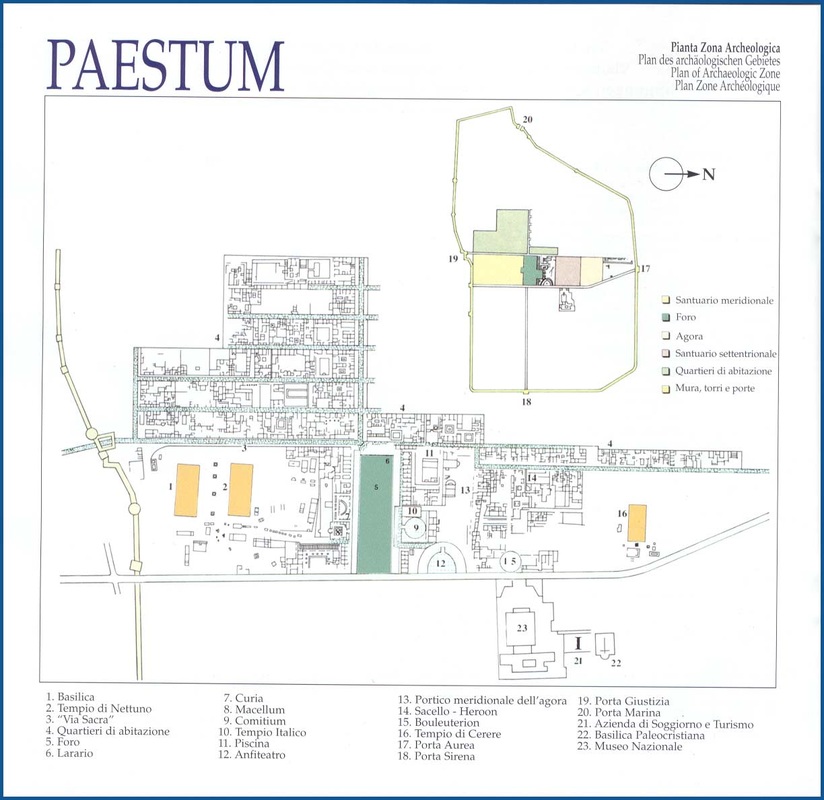
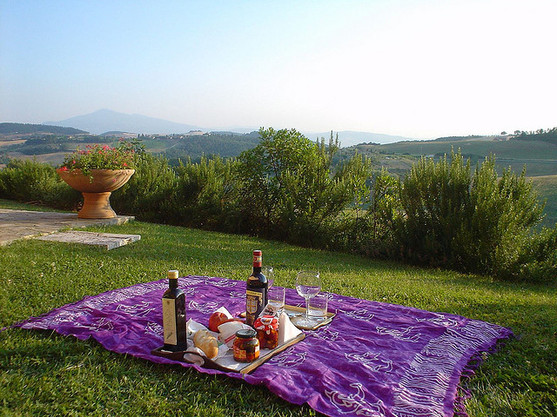


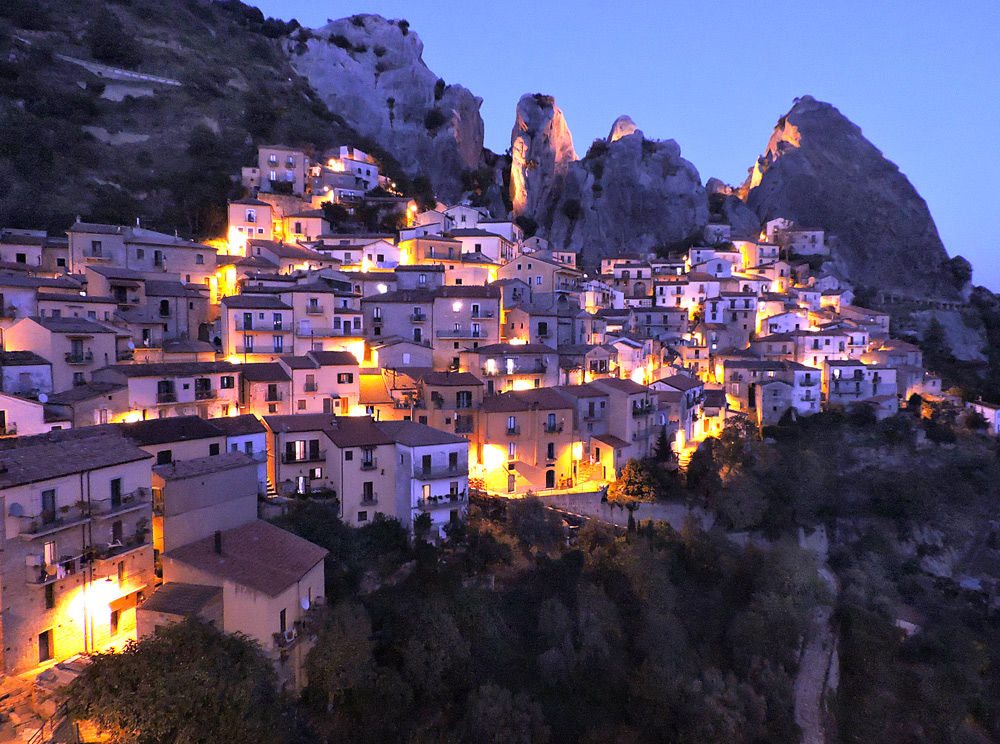
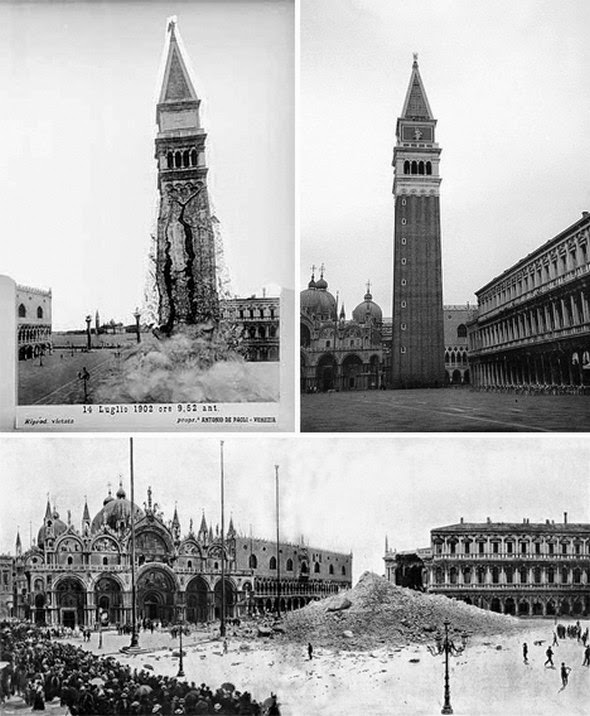


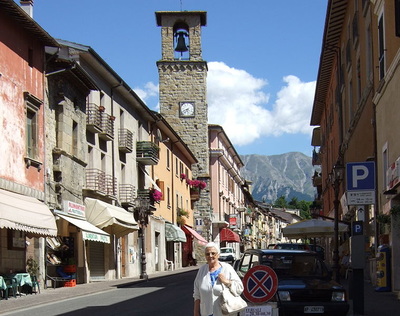
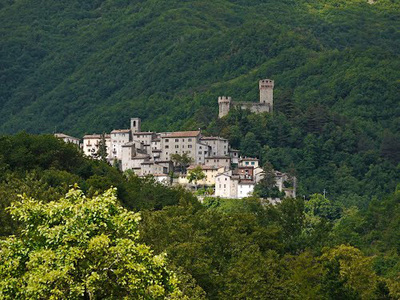

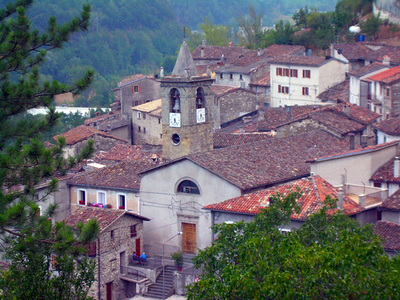
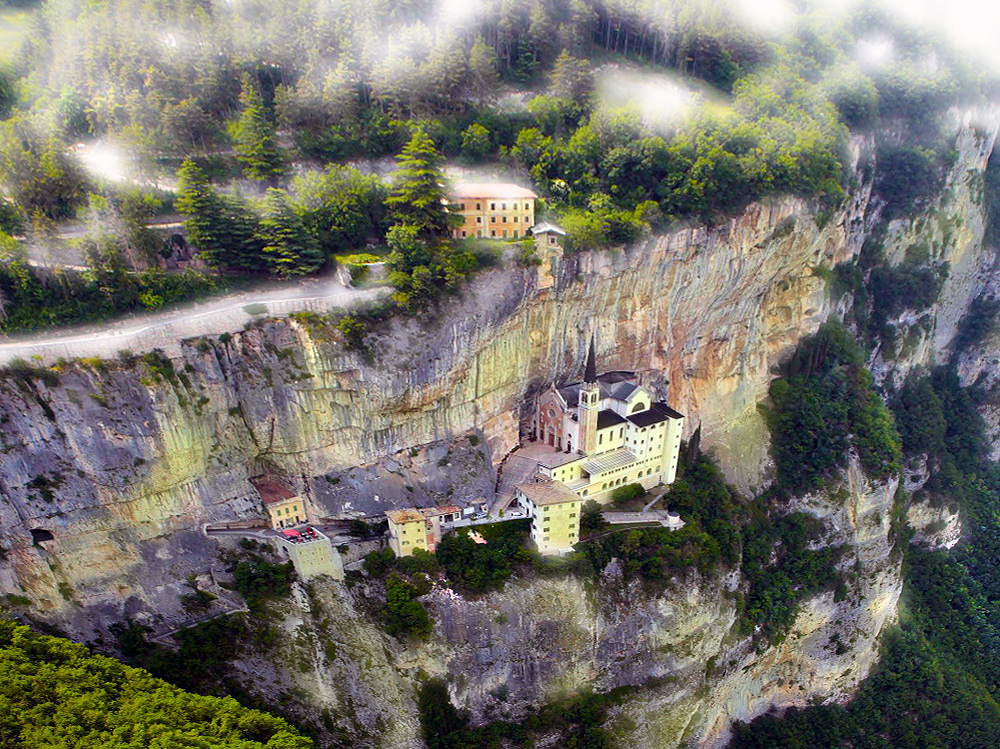
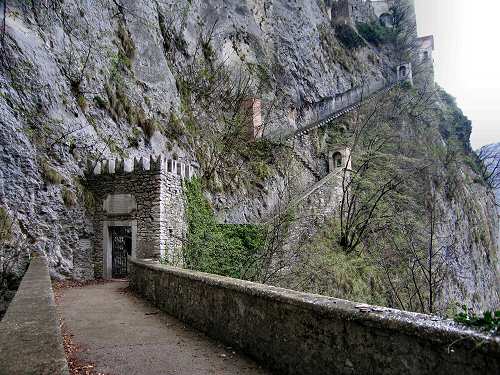
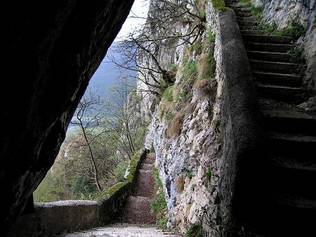
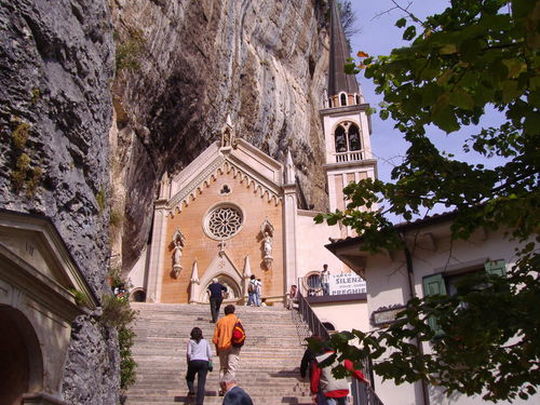
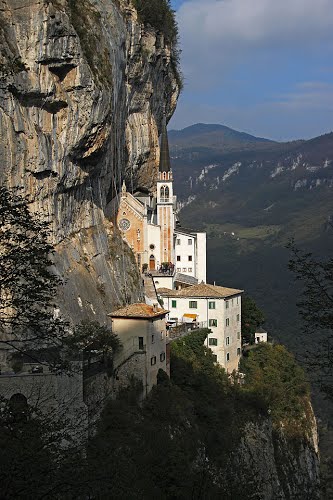
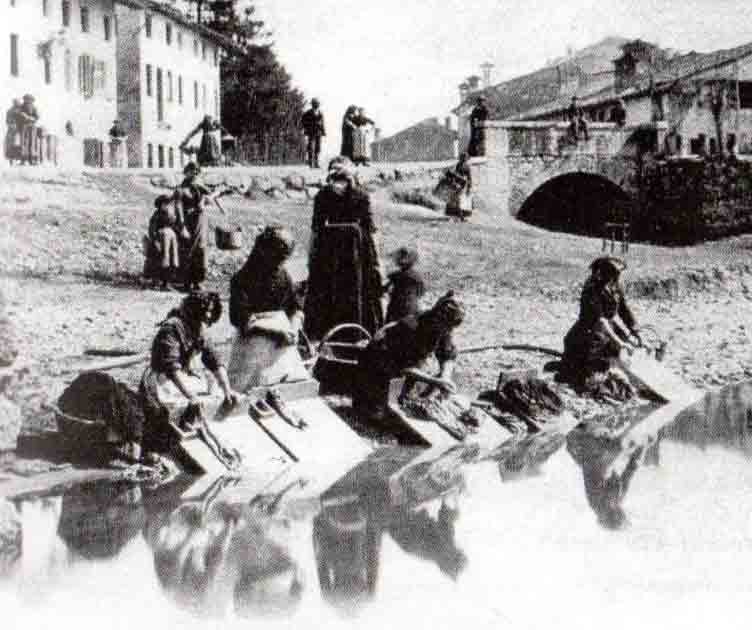
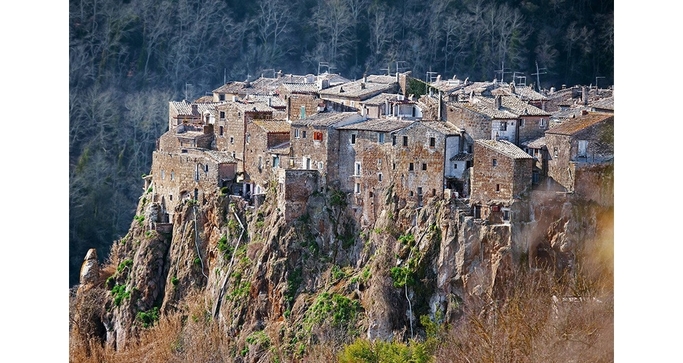
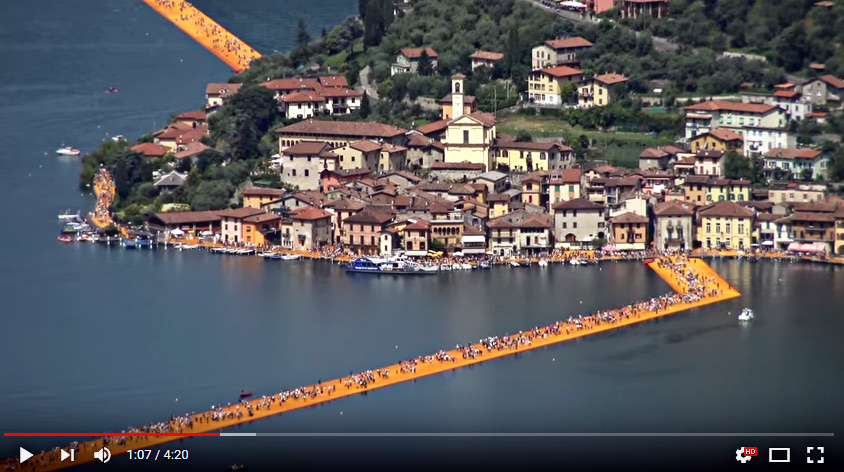
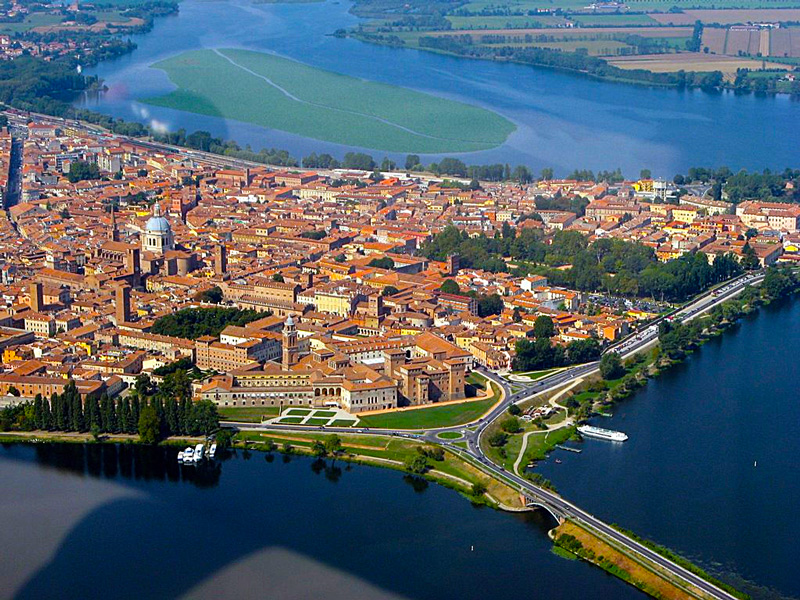
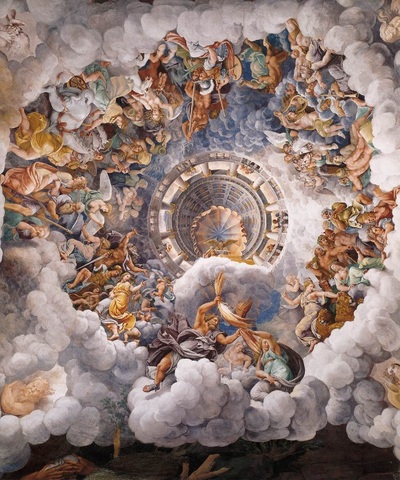
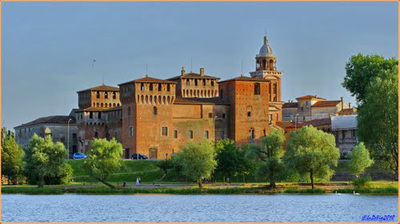
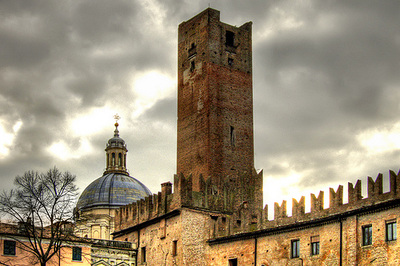
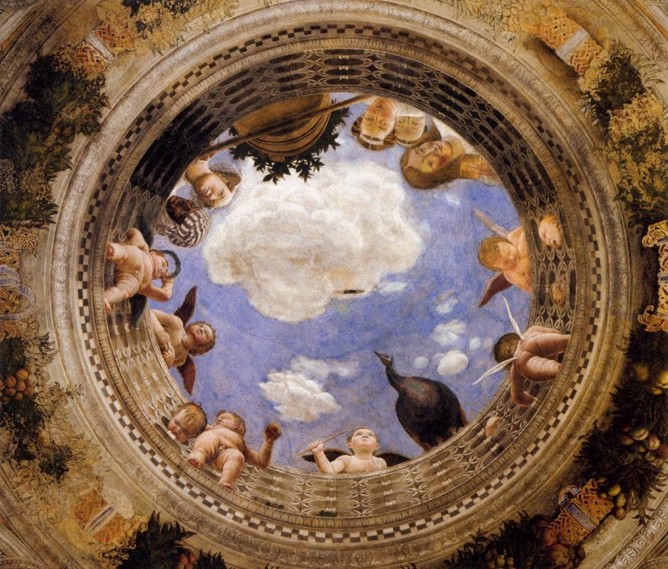
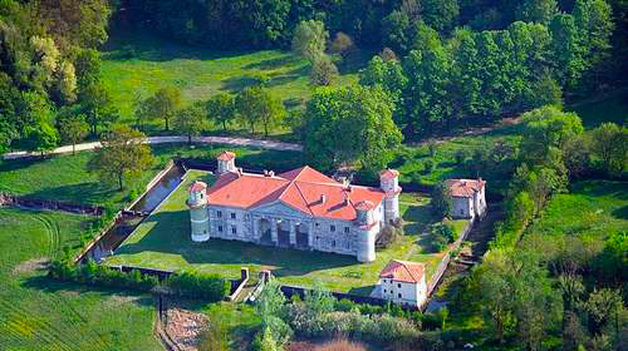

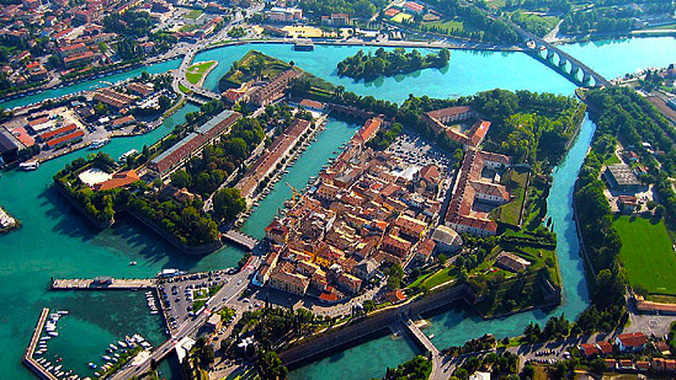
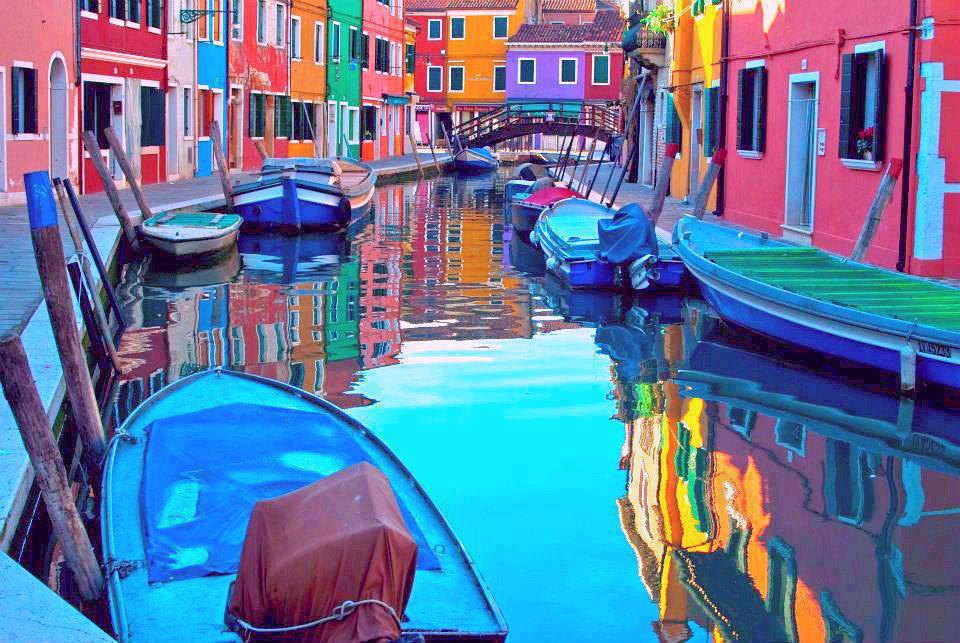
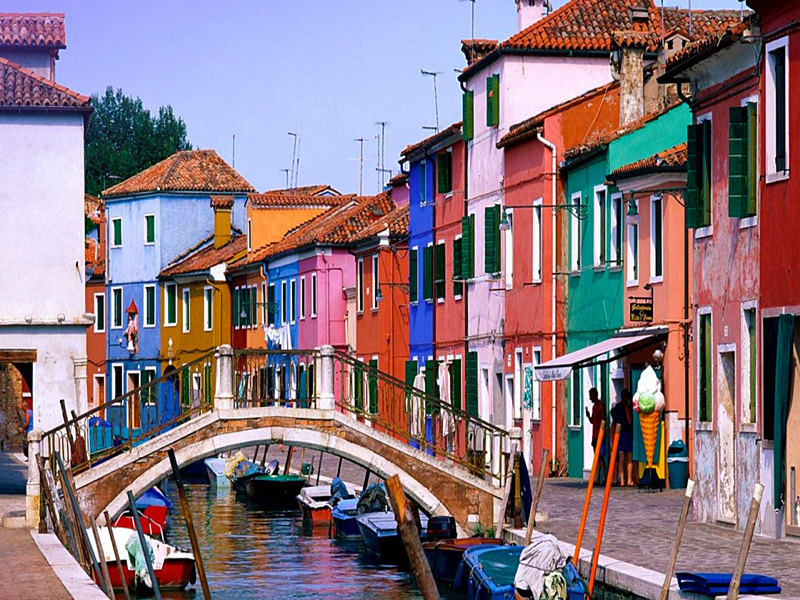
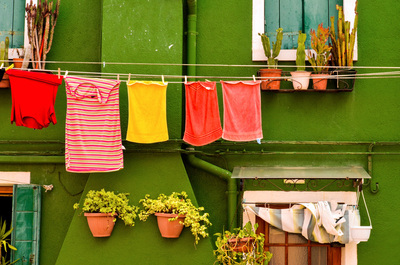
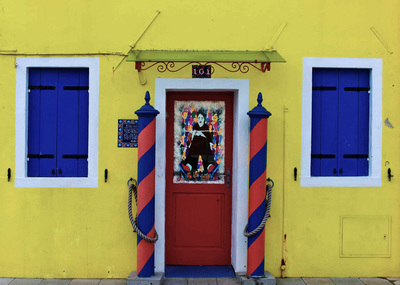
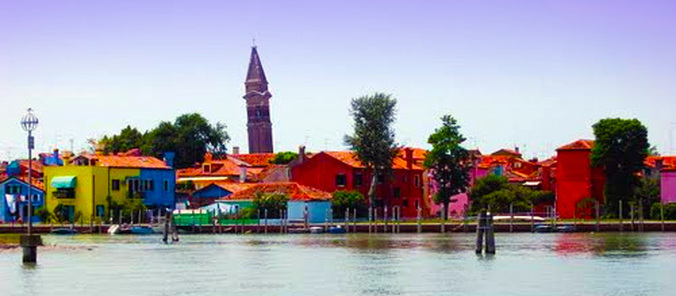
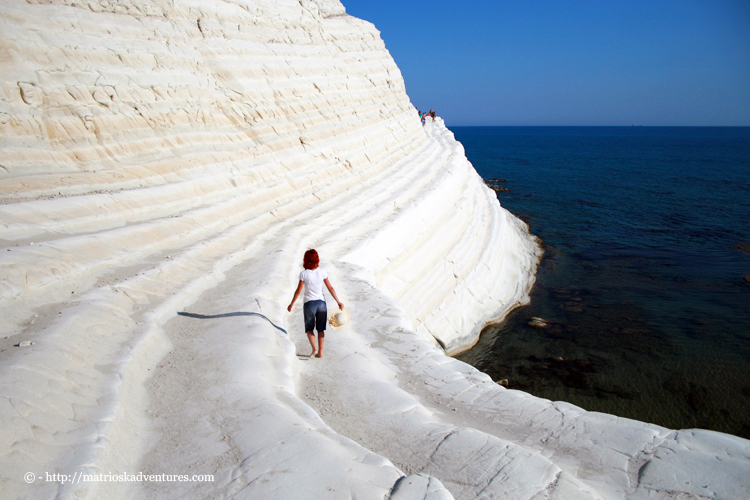
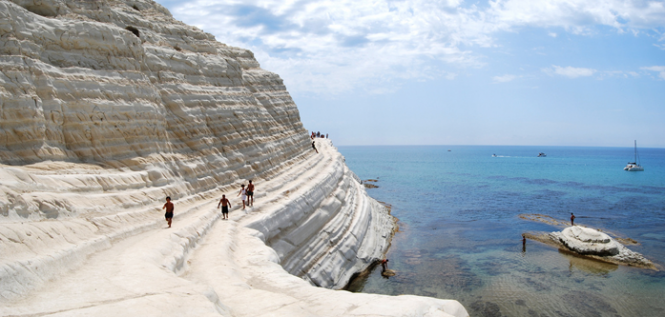
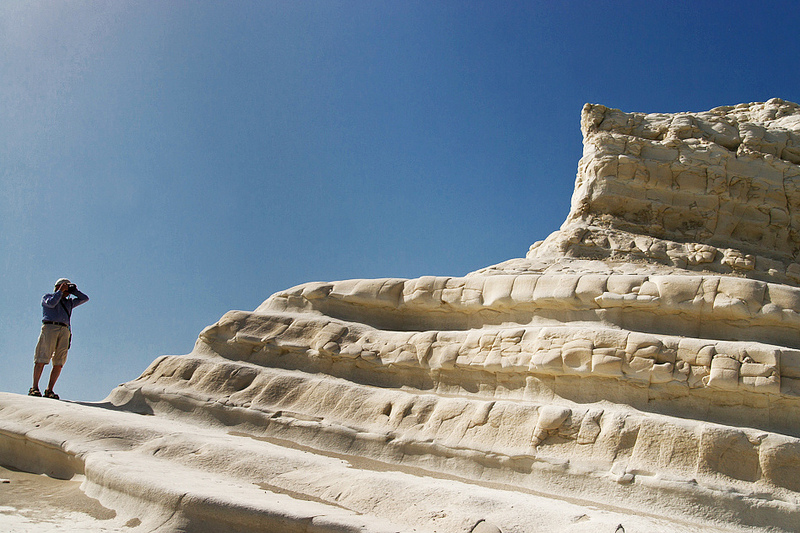
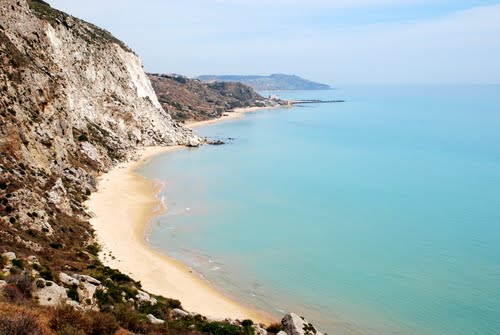
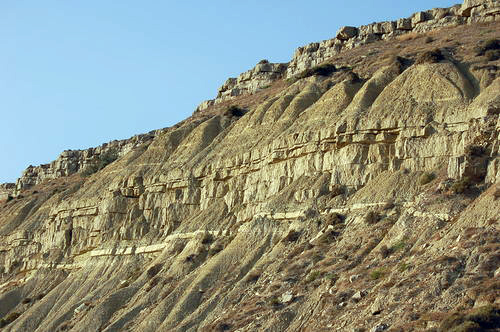
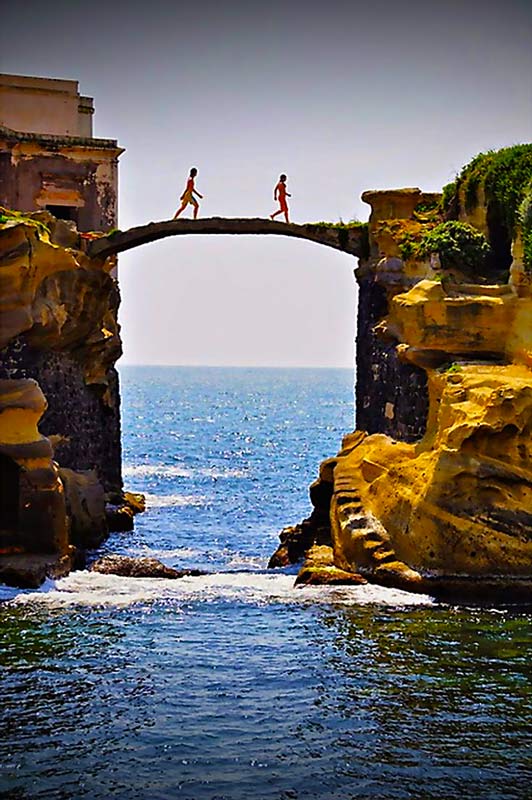
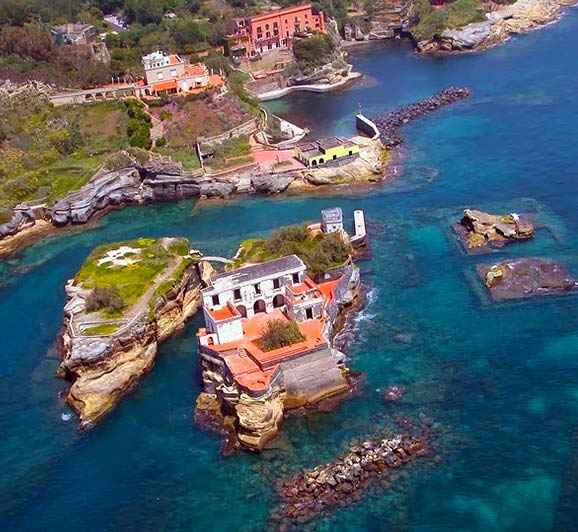
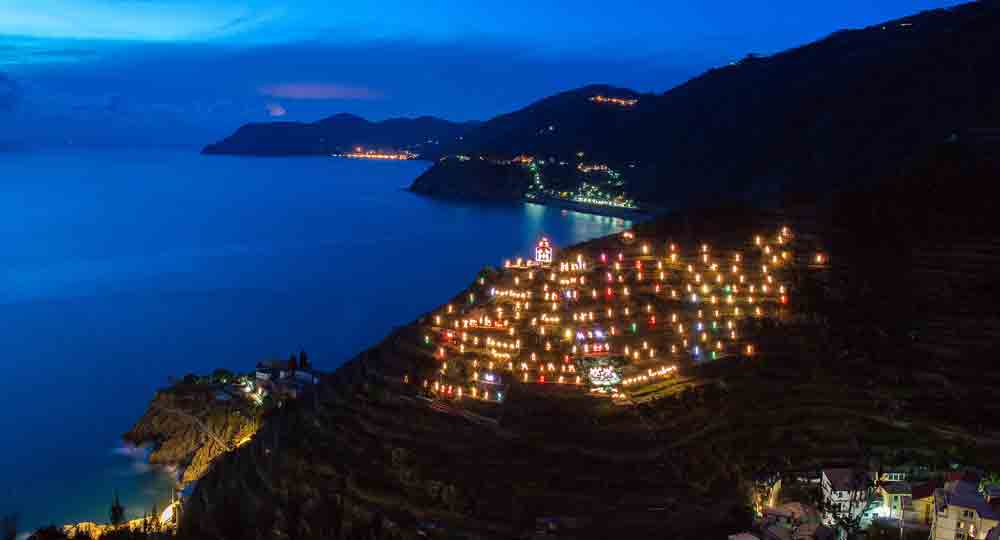
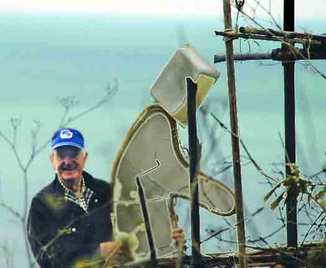
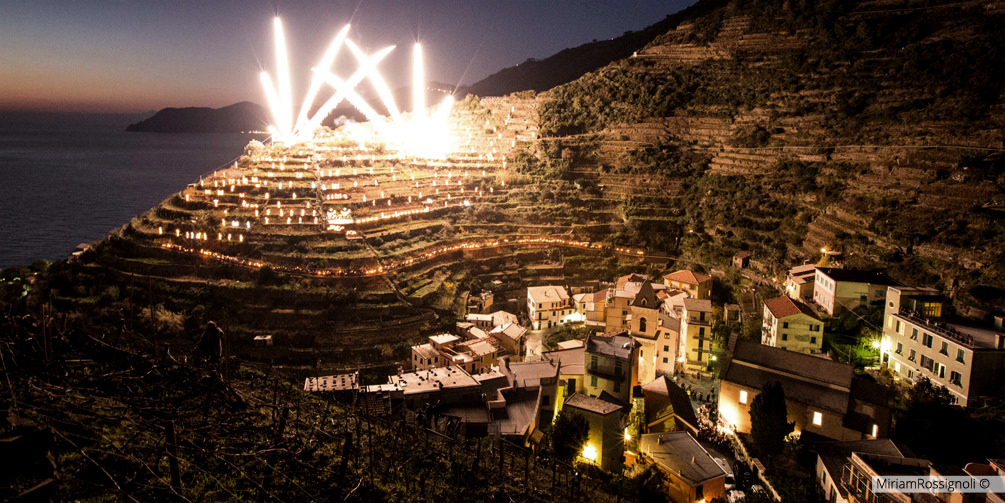
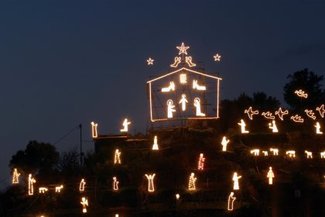
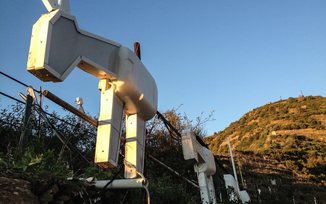
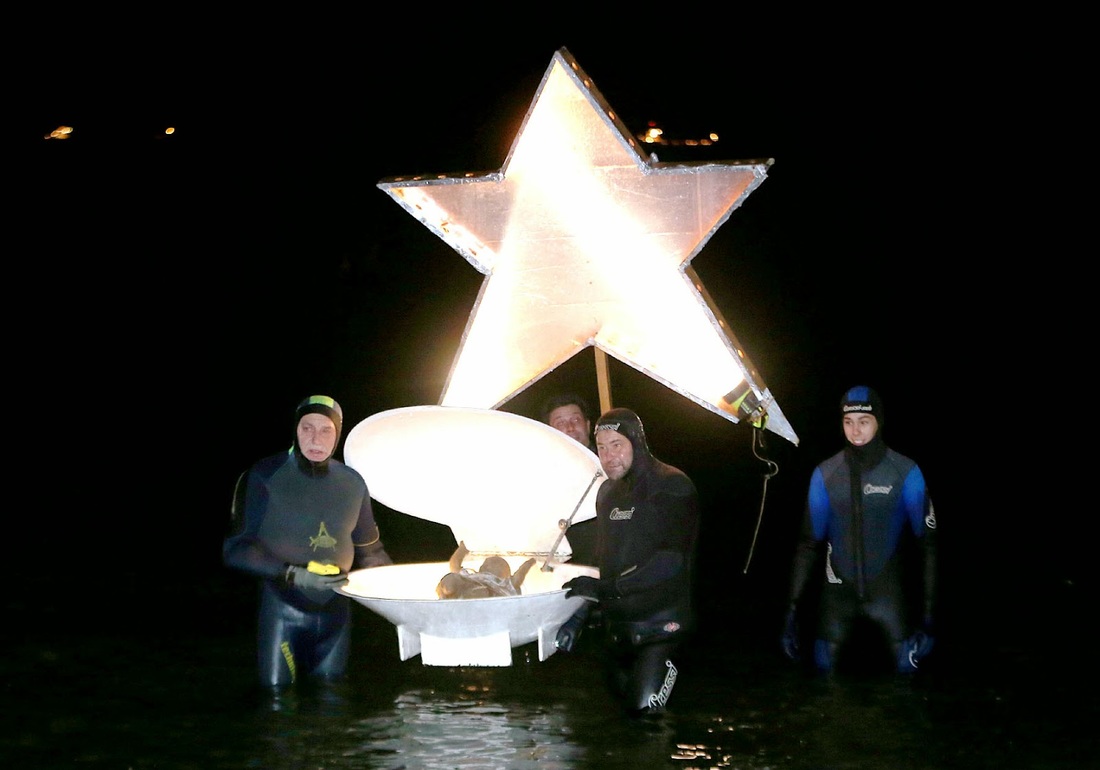
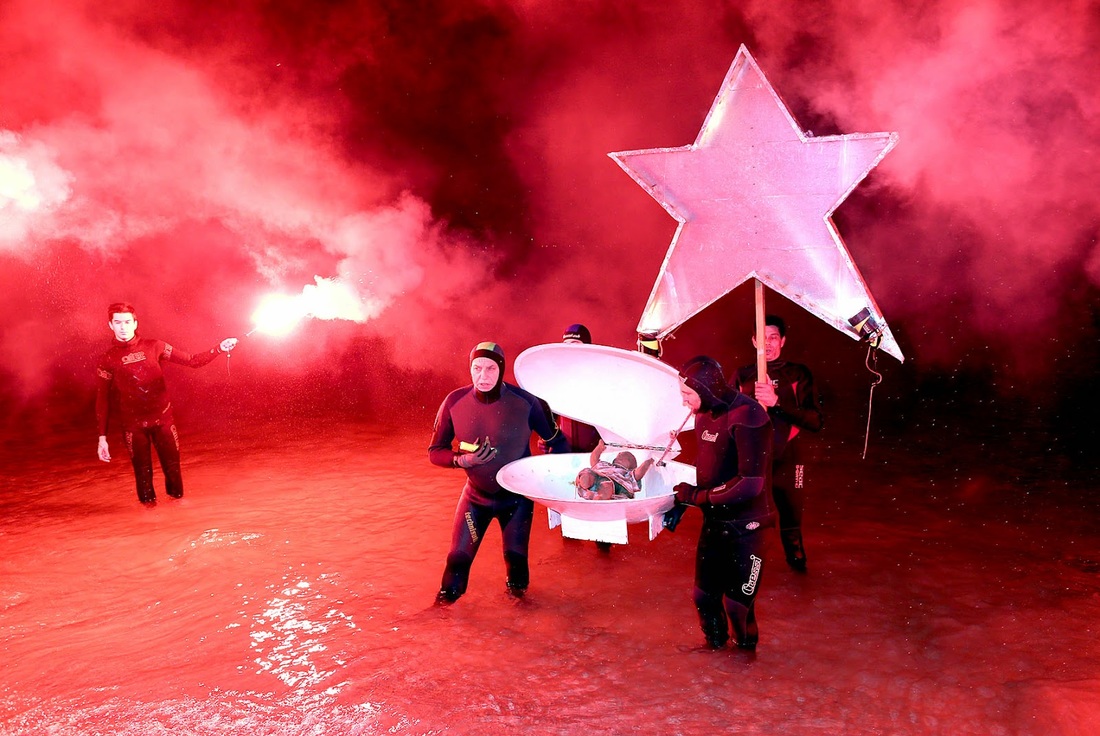
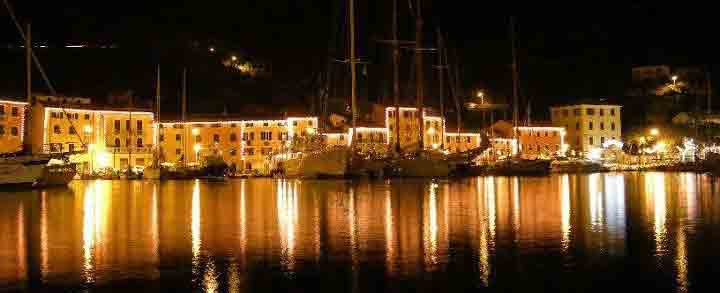
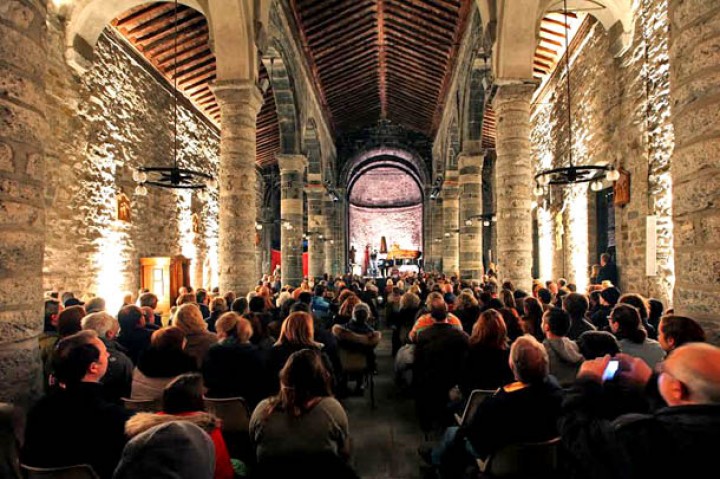
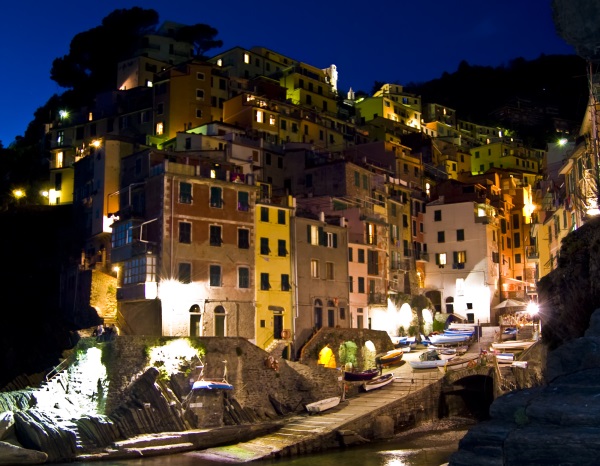
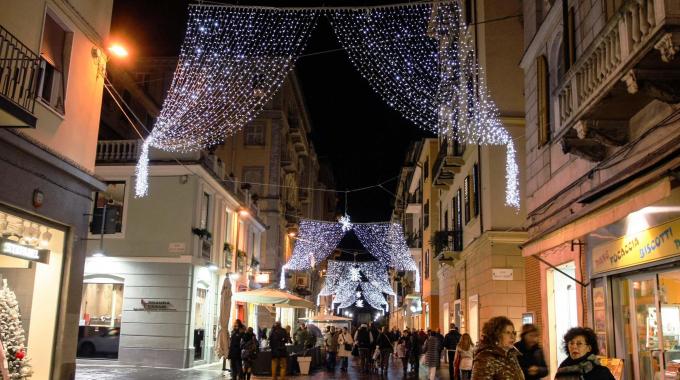
 RSS Feed
RSS Feed
